
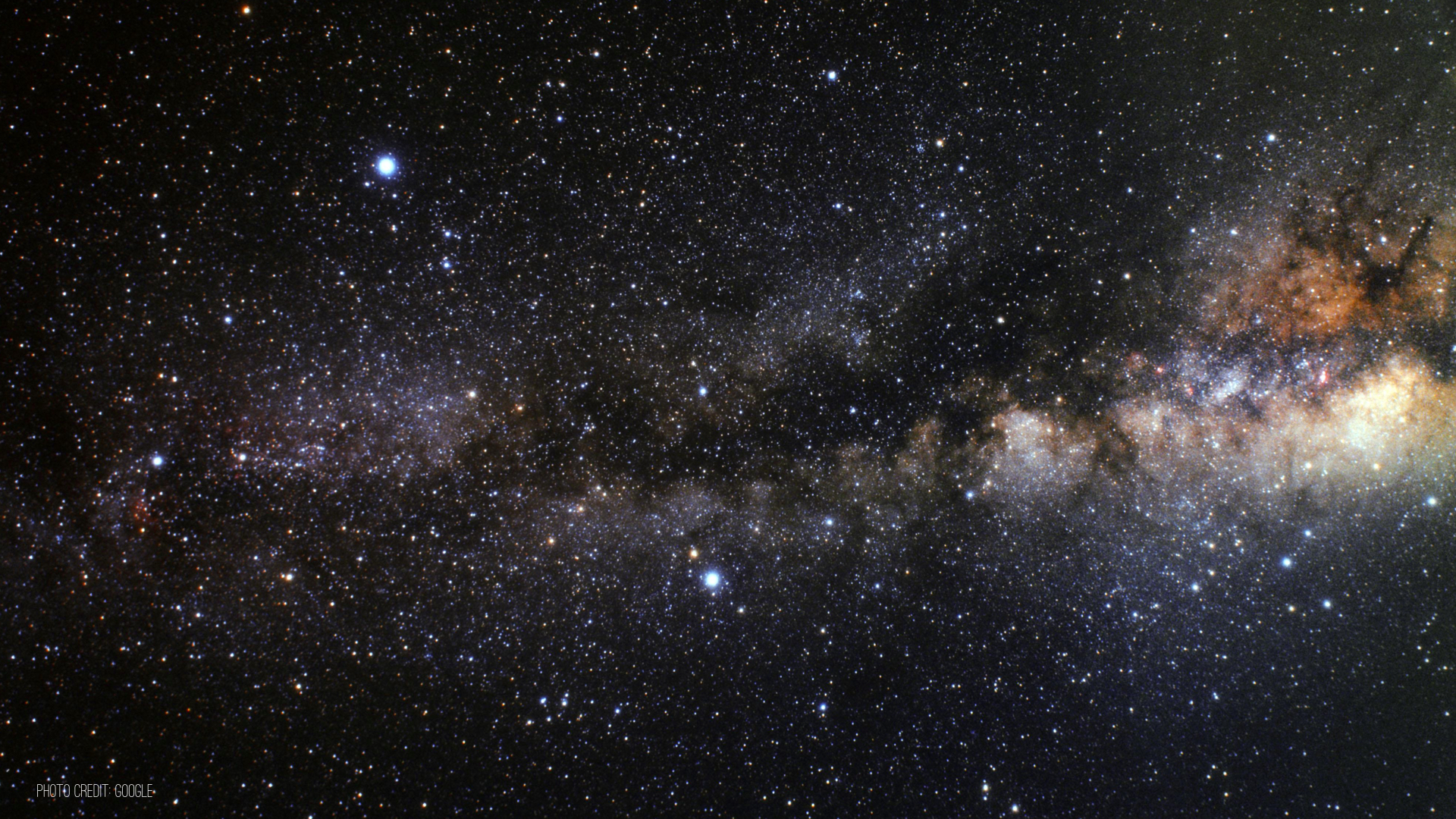
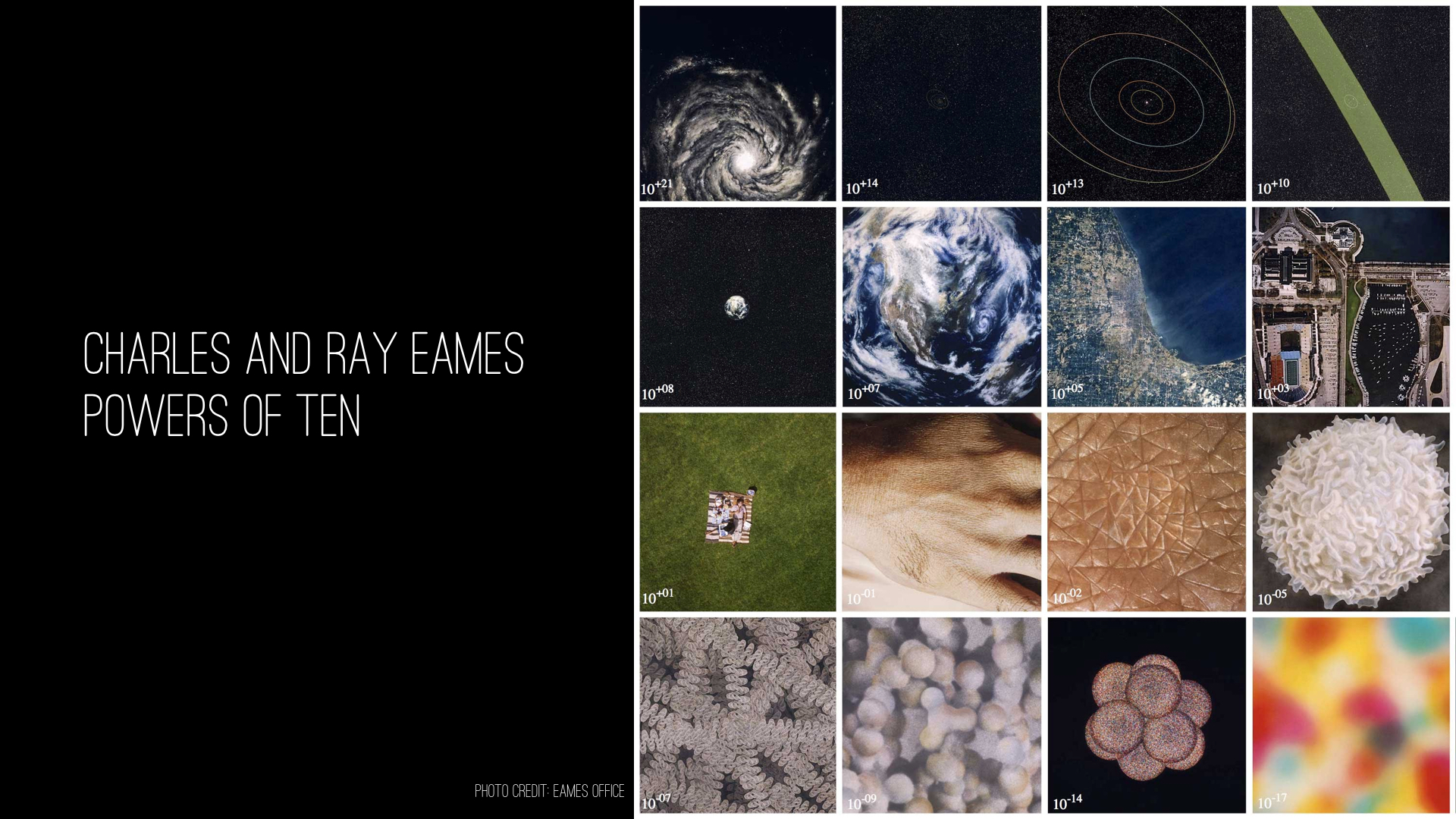
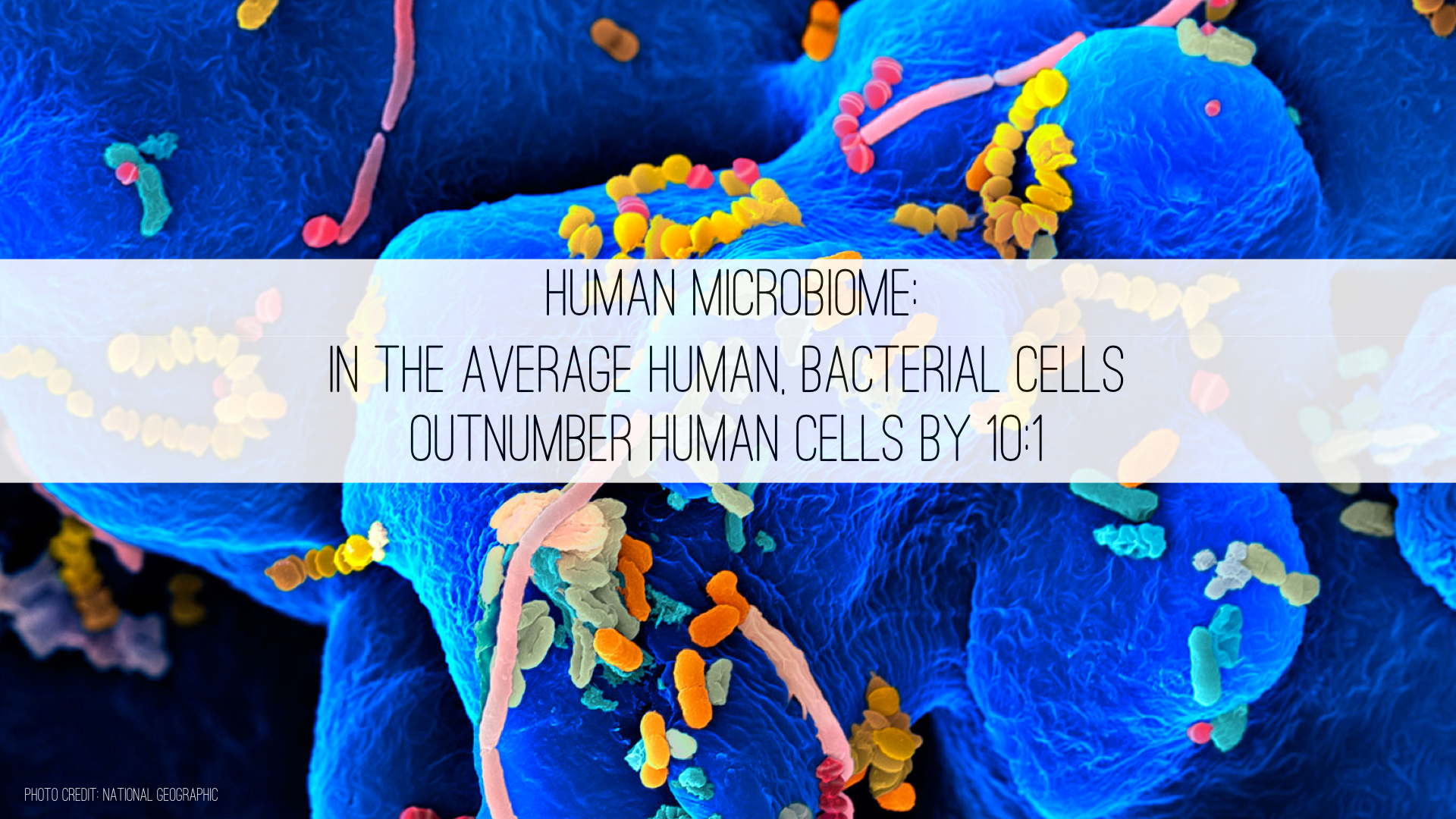
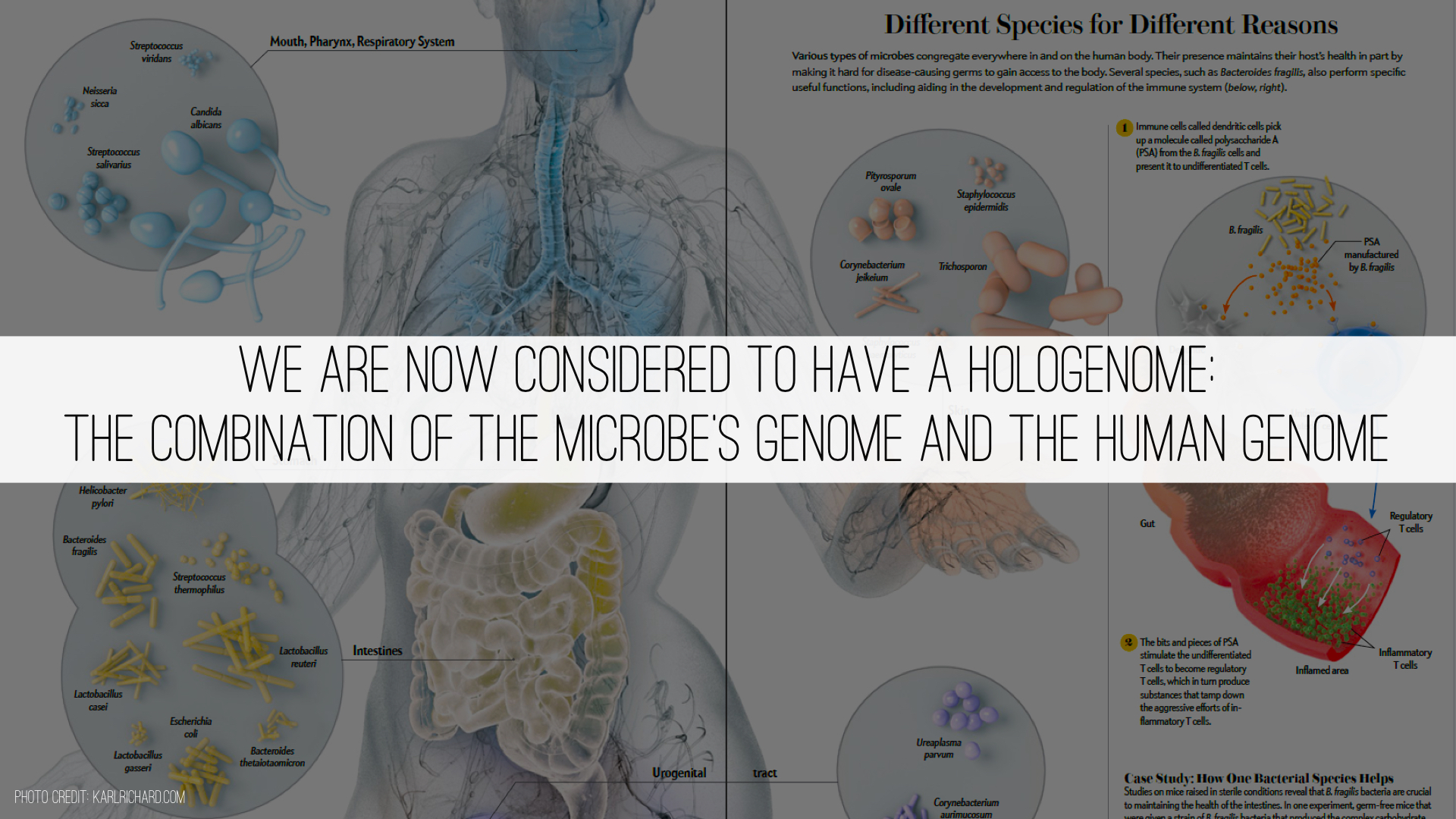
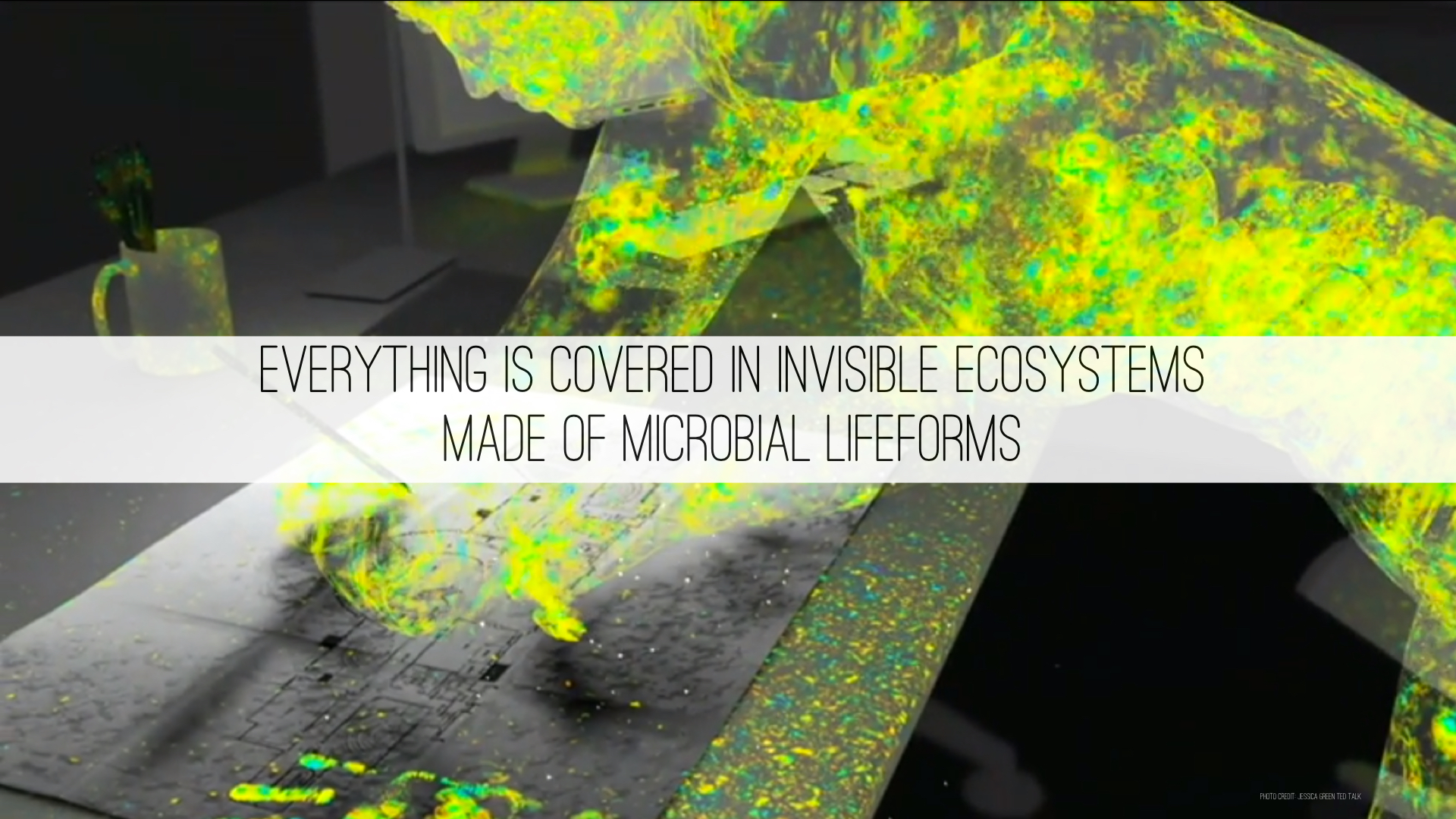
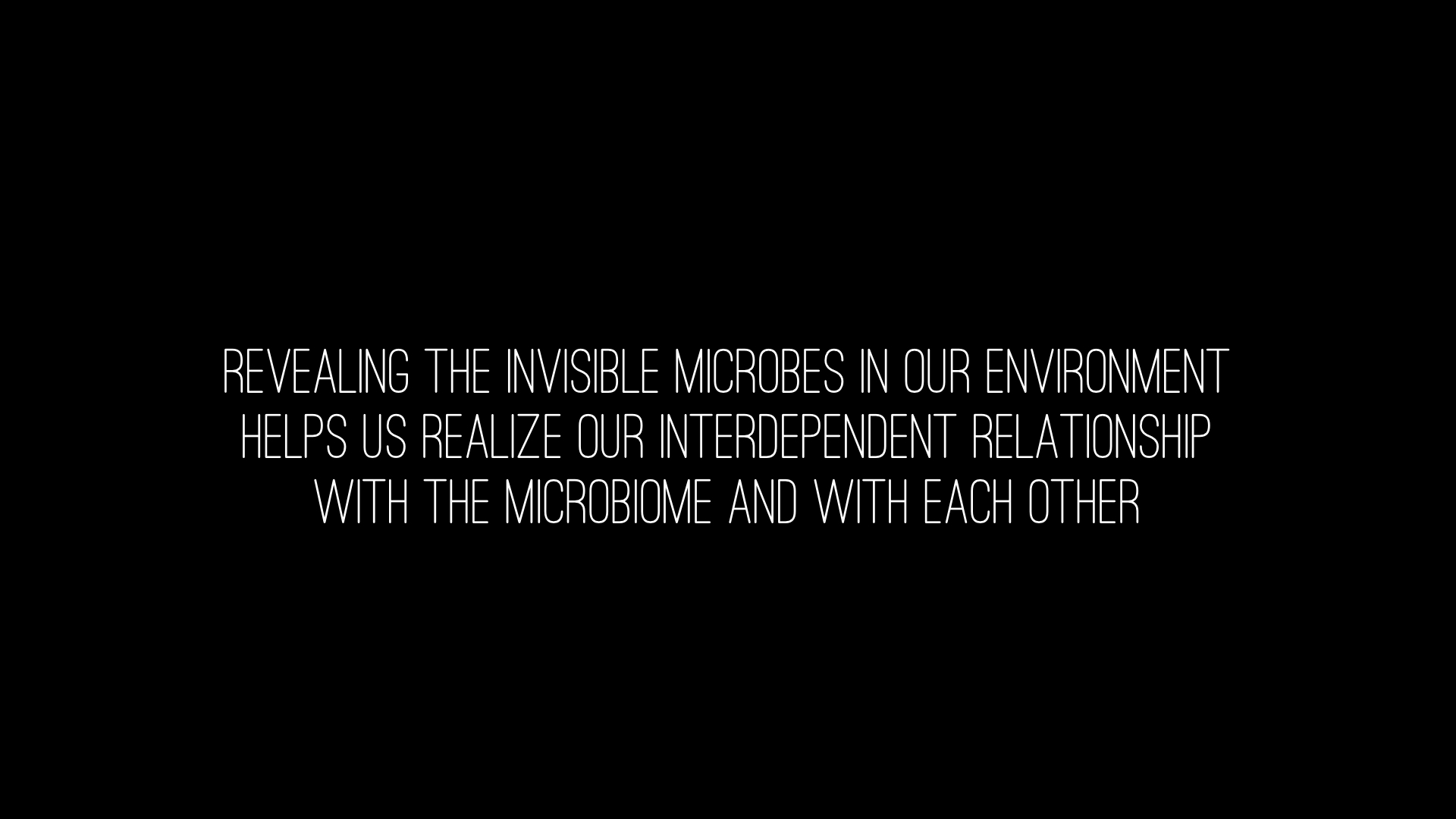
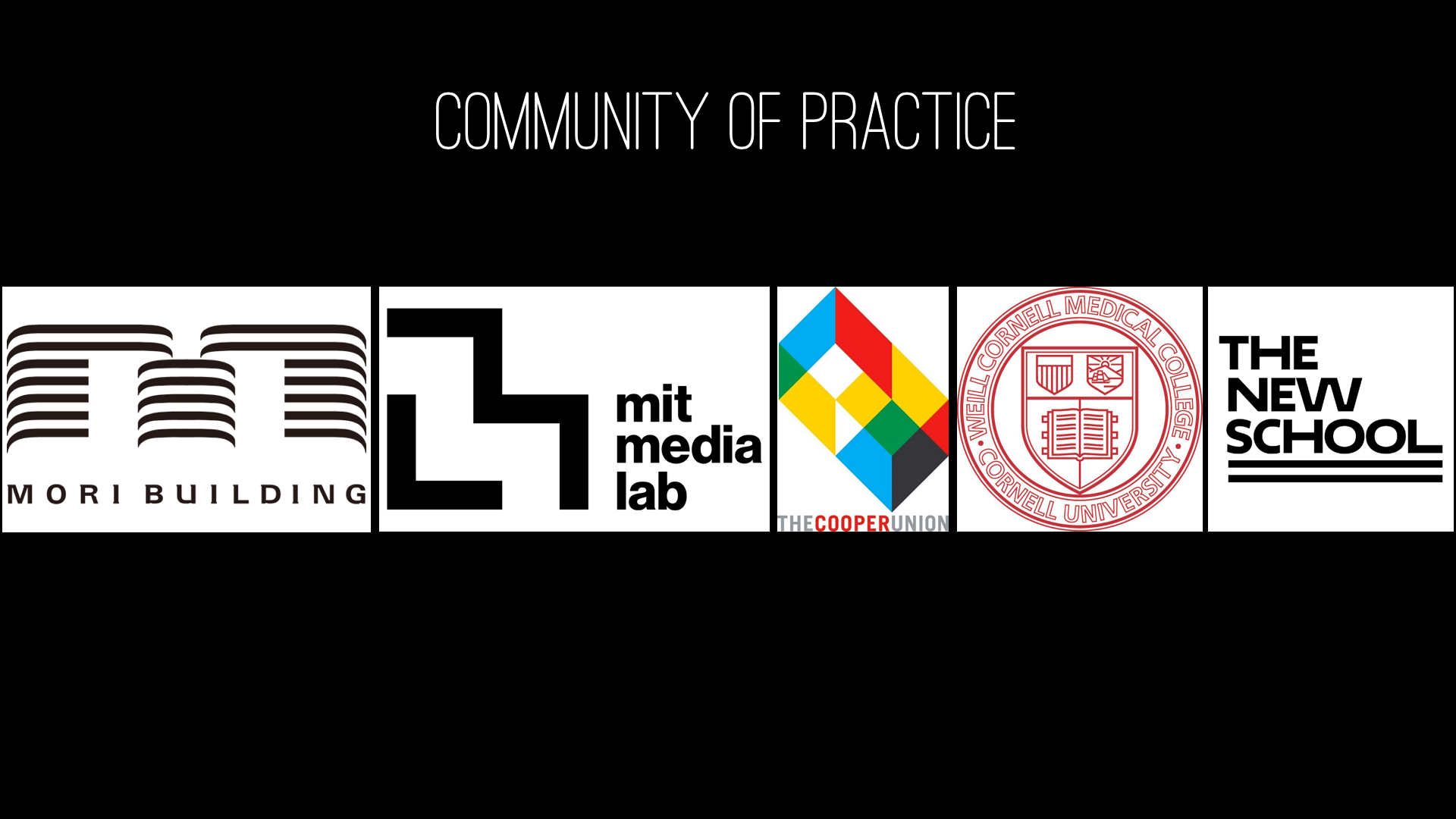
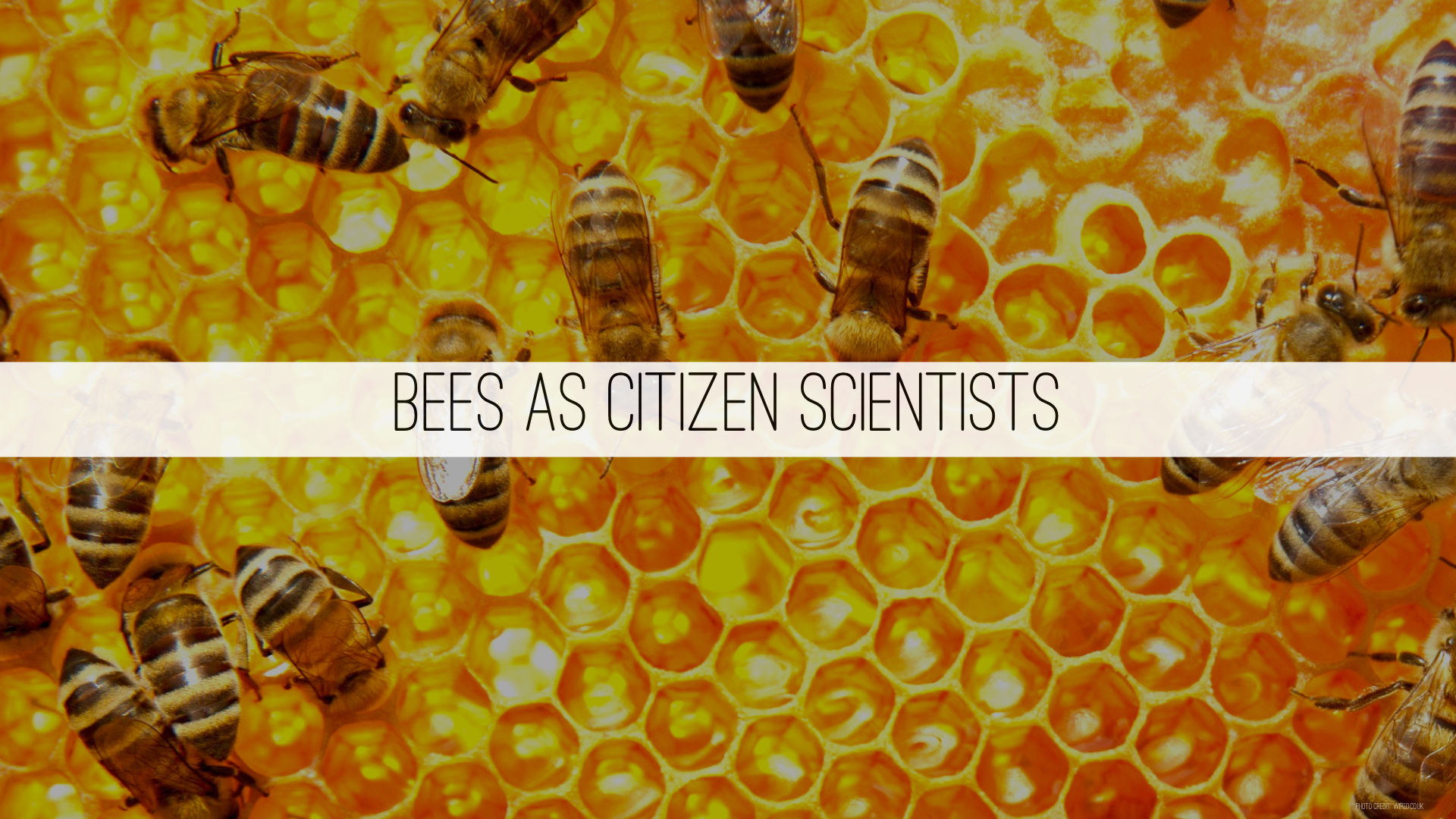

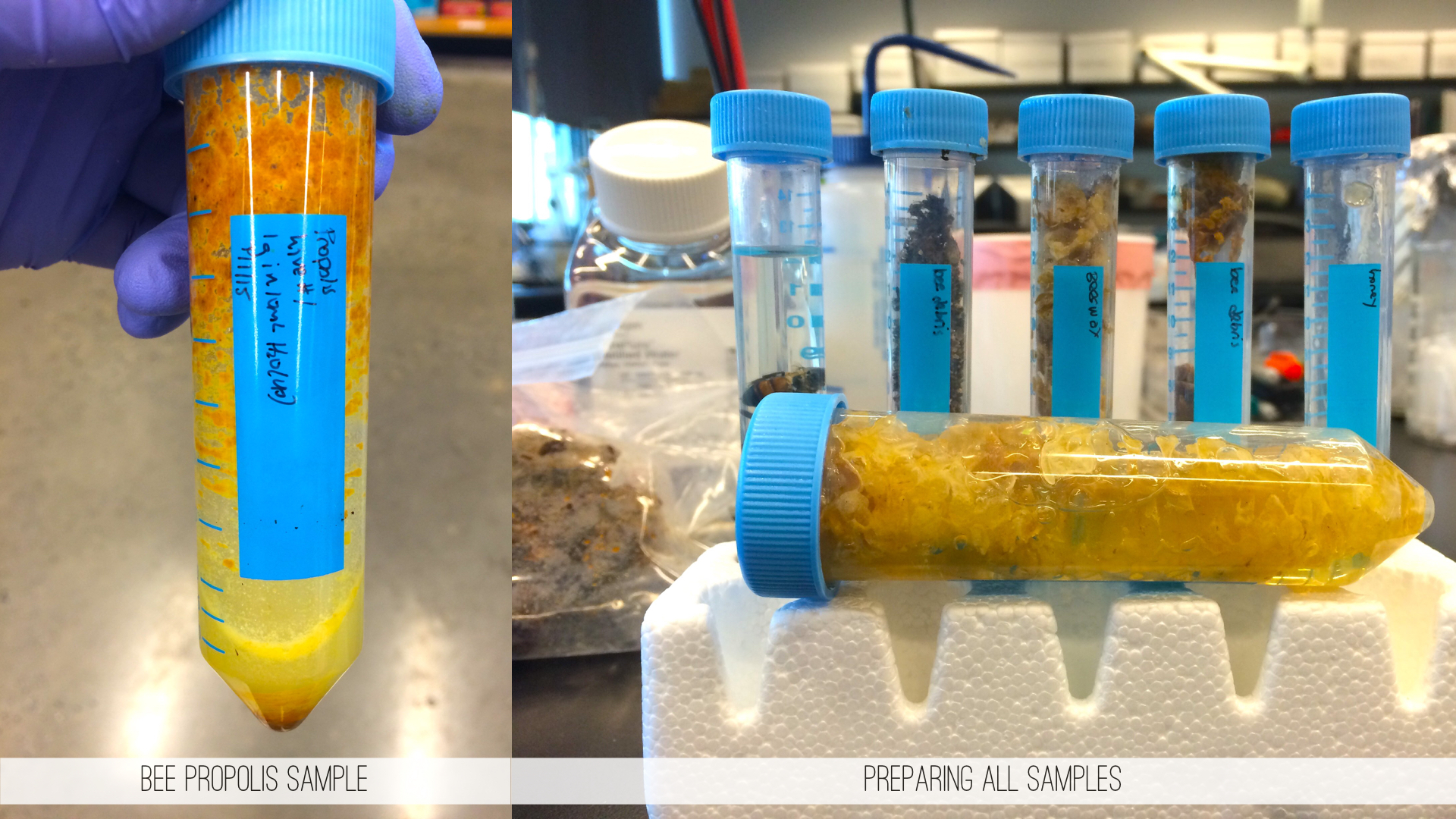
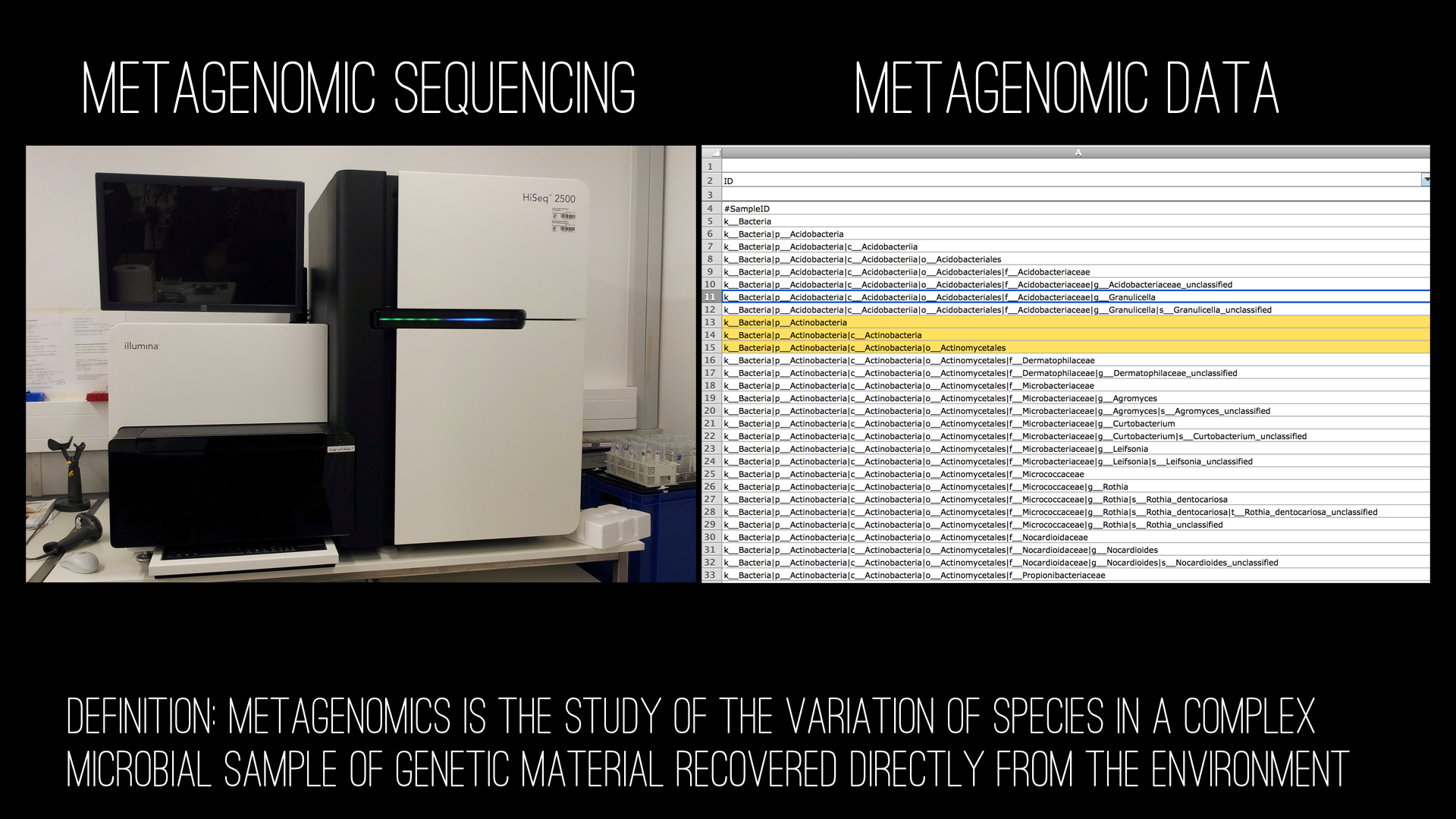
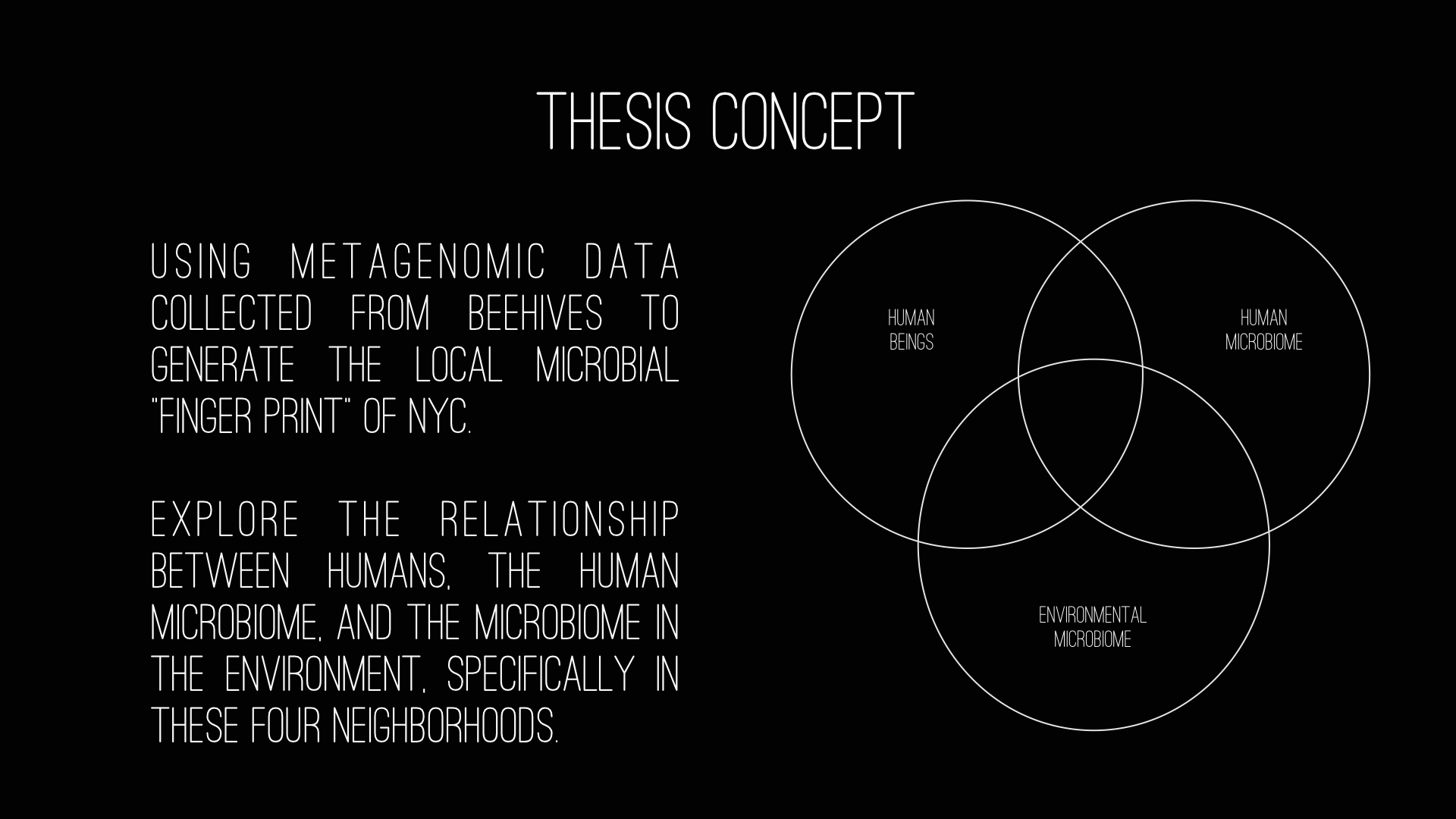
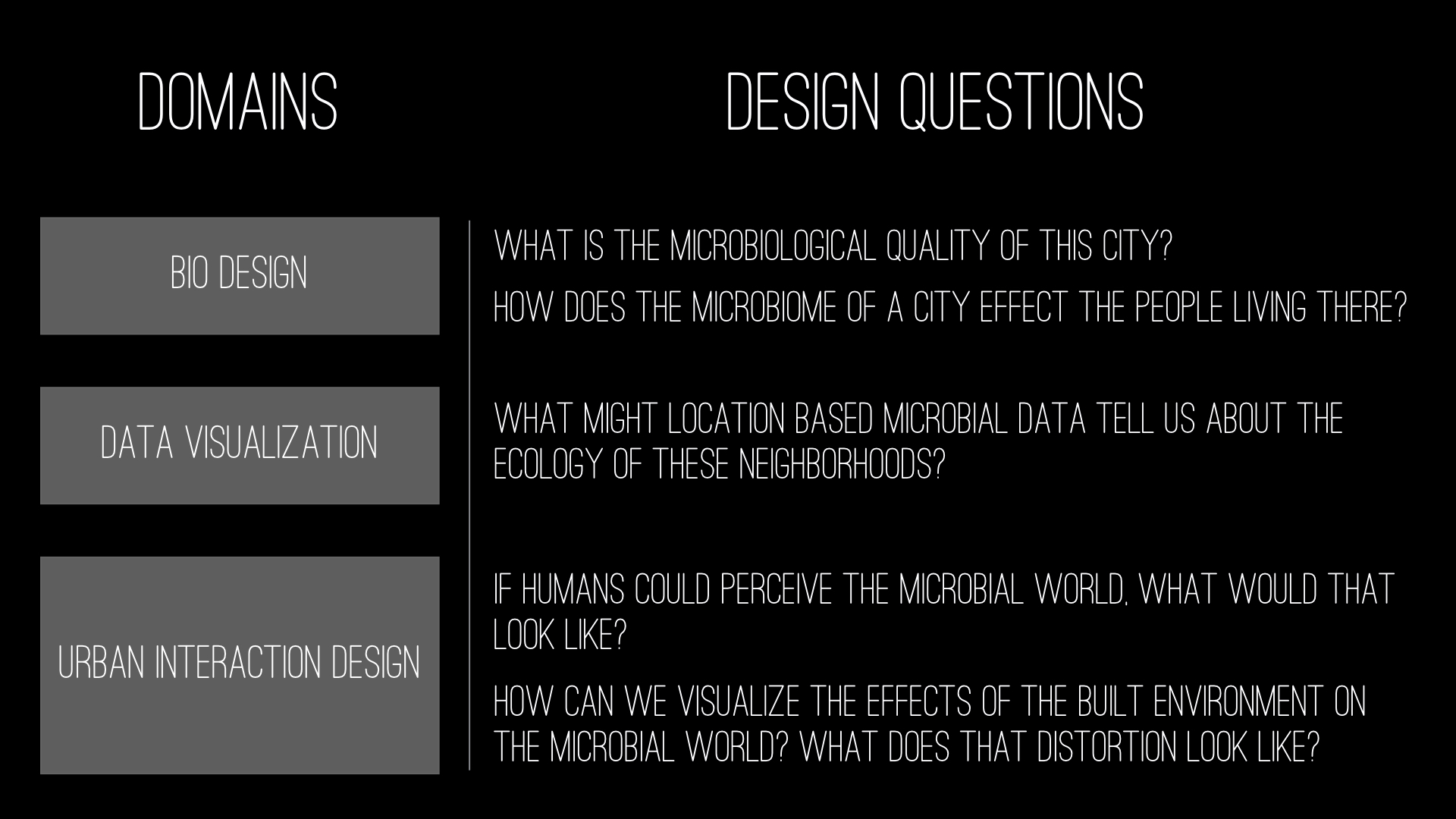
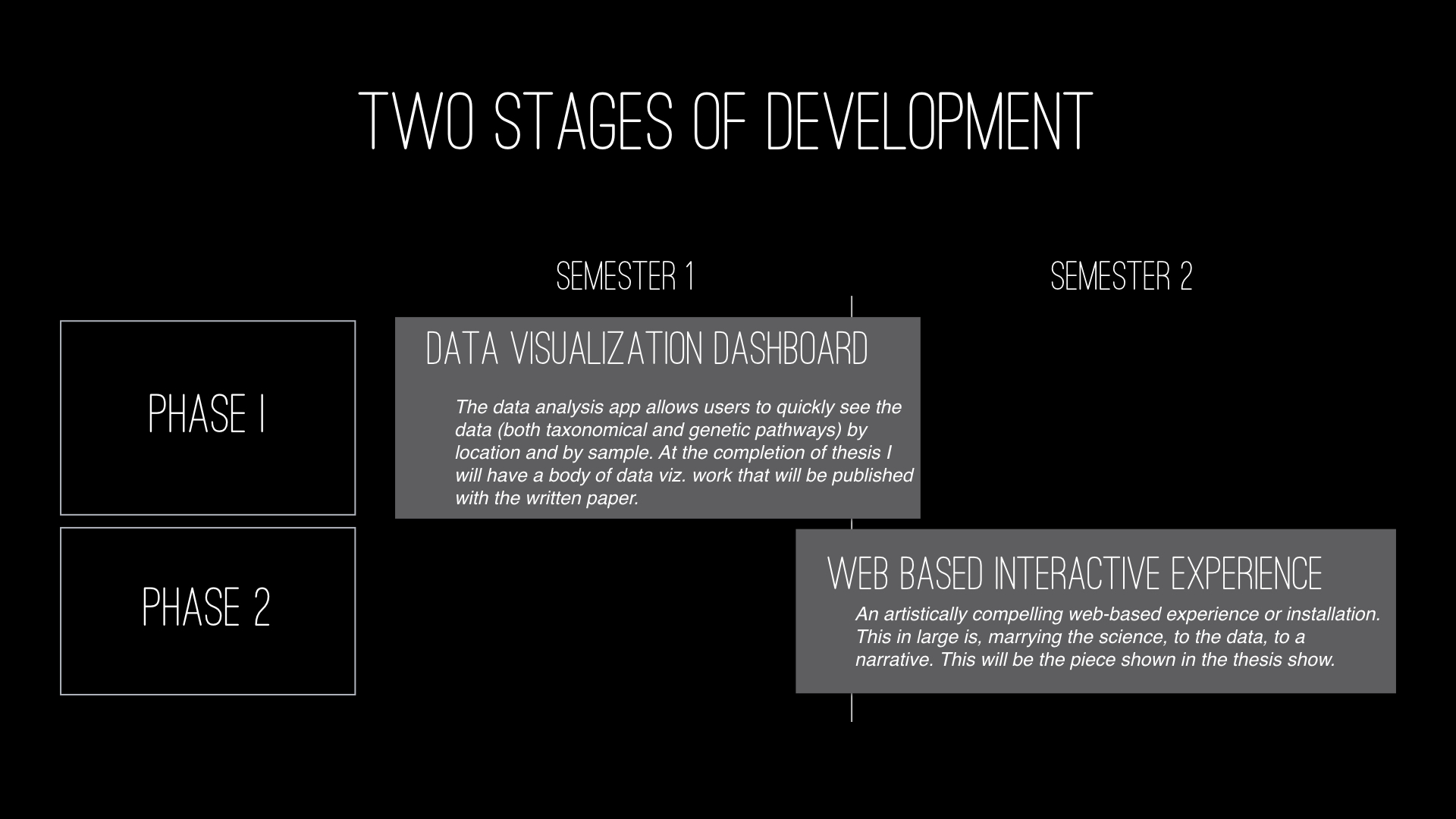
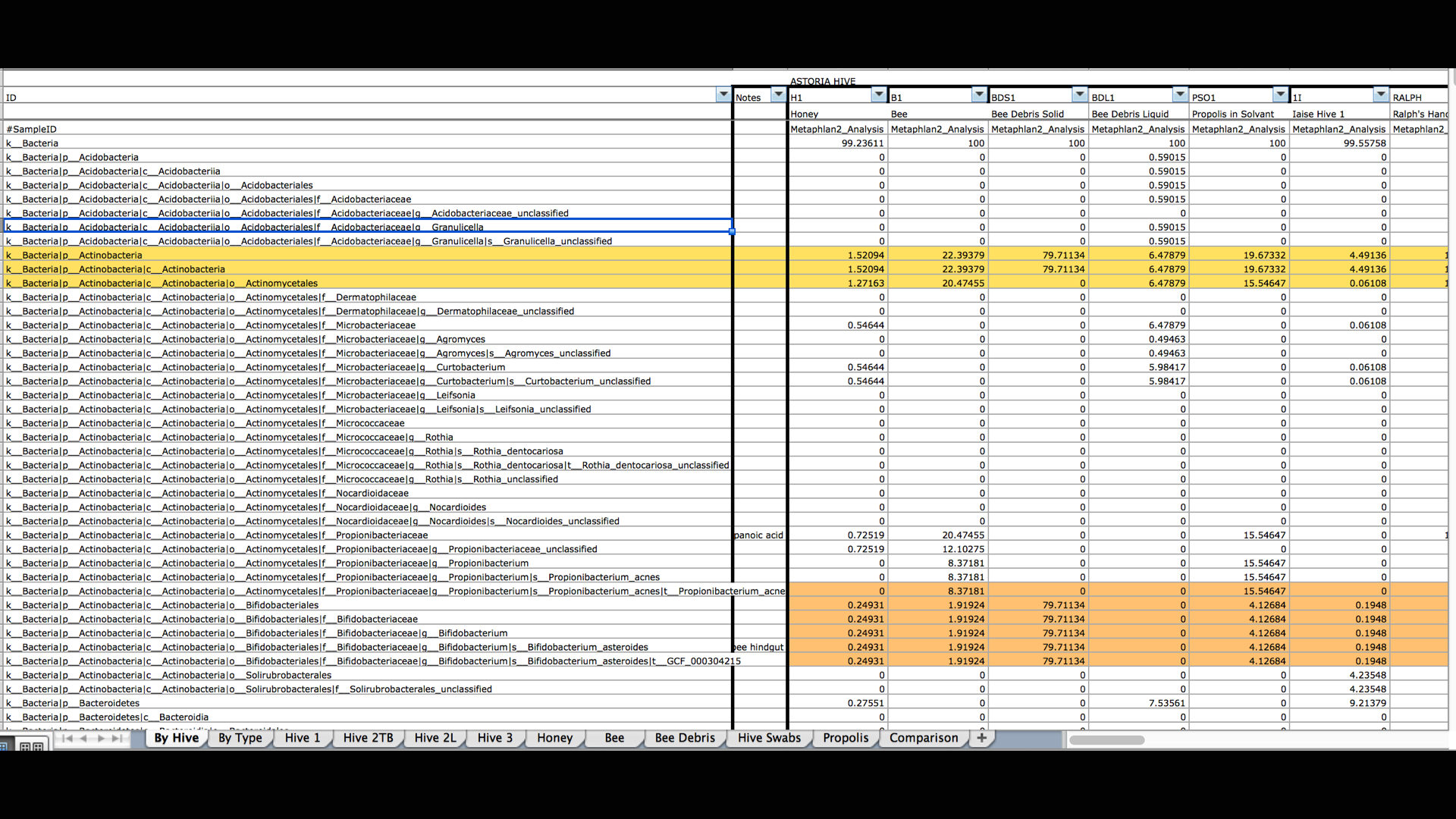
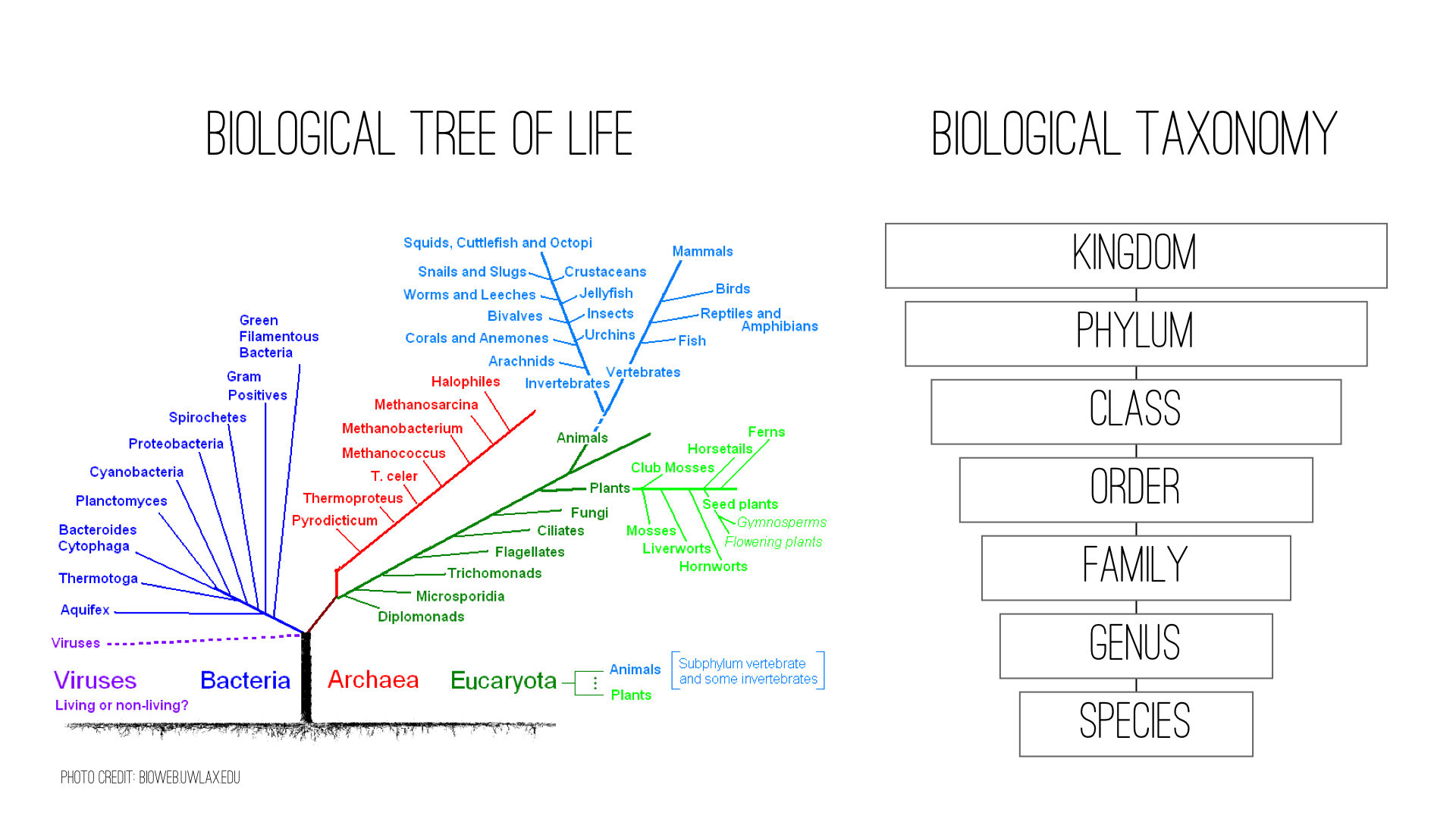
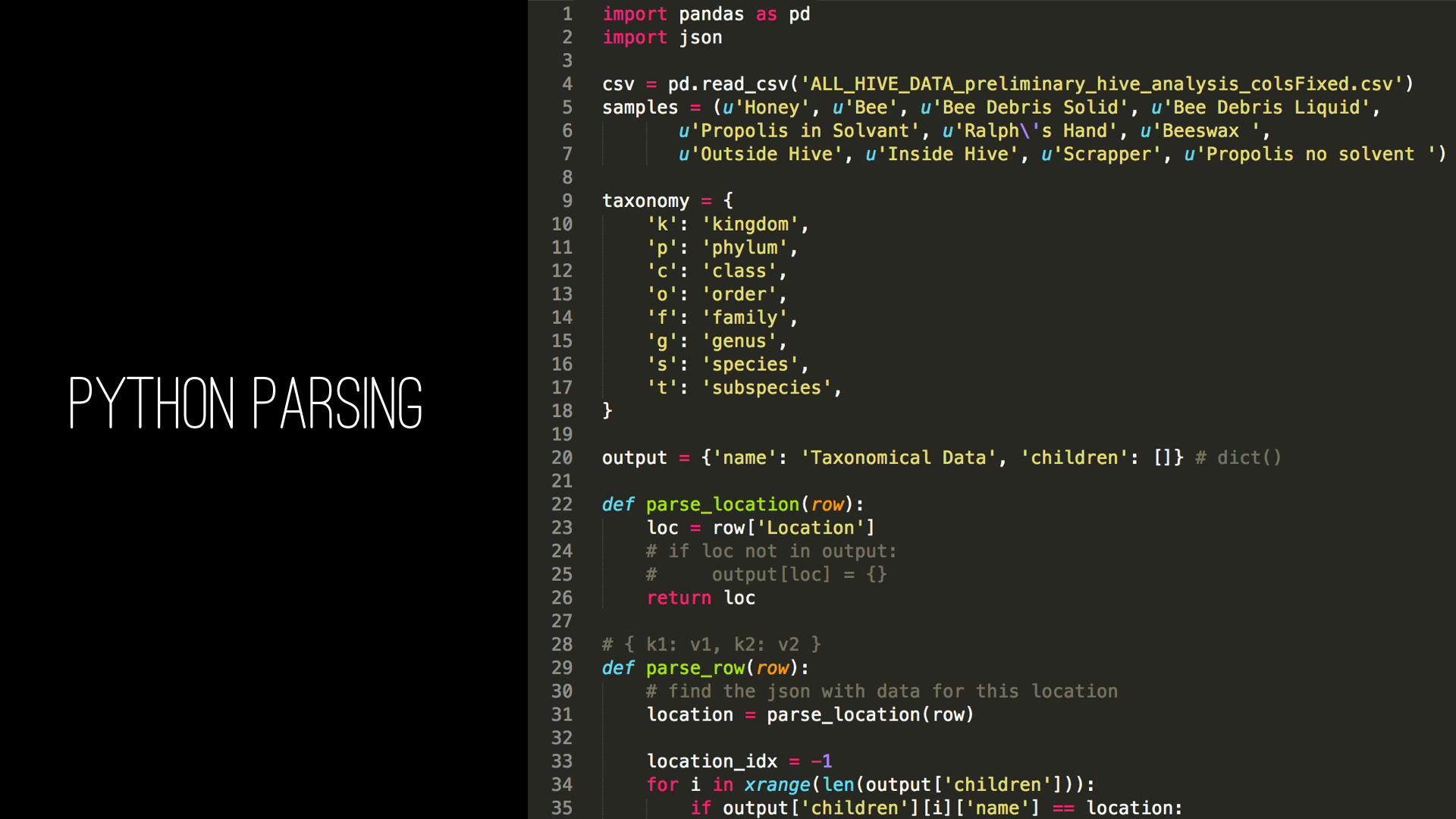
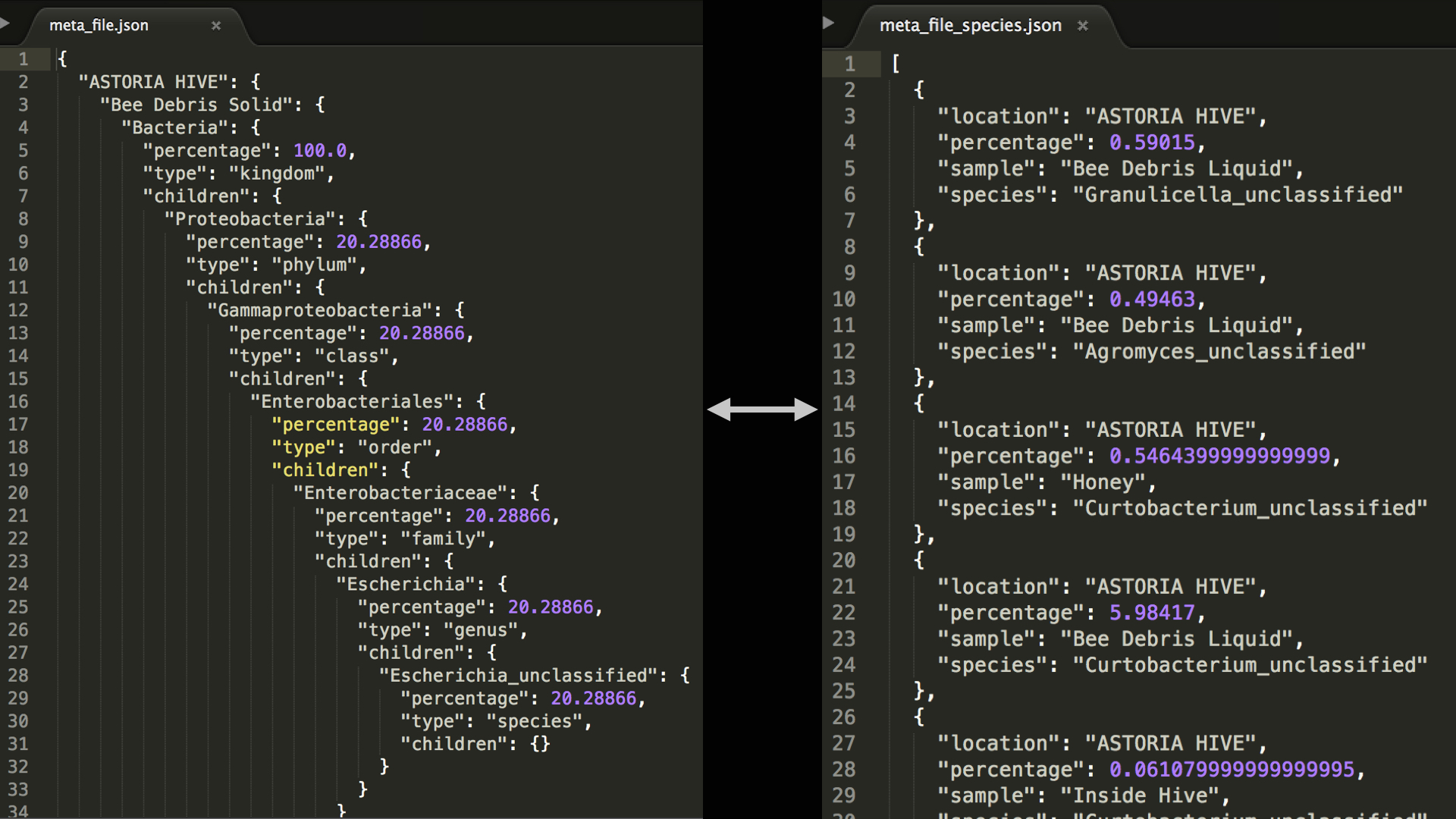
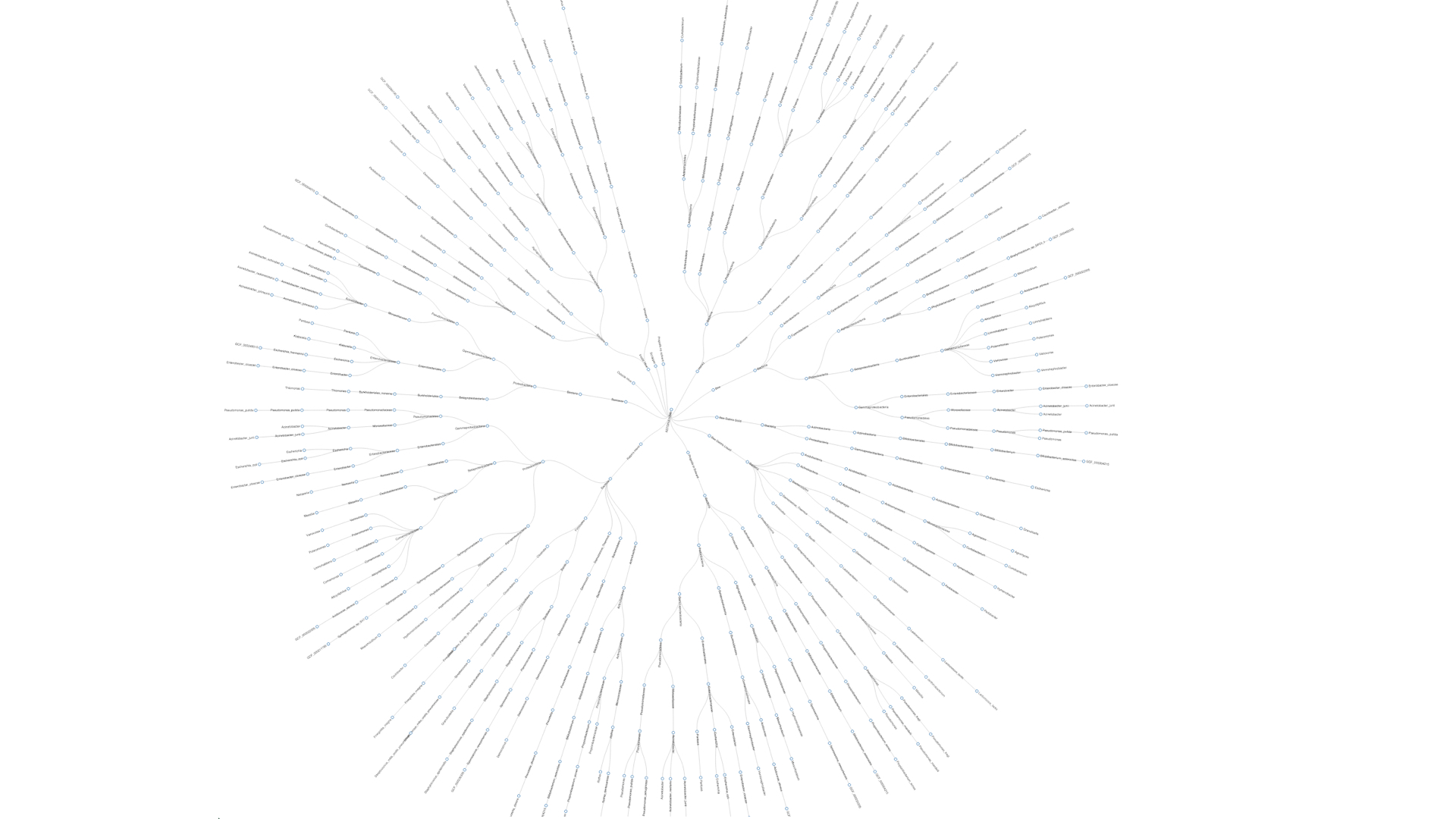
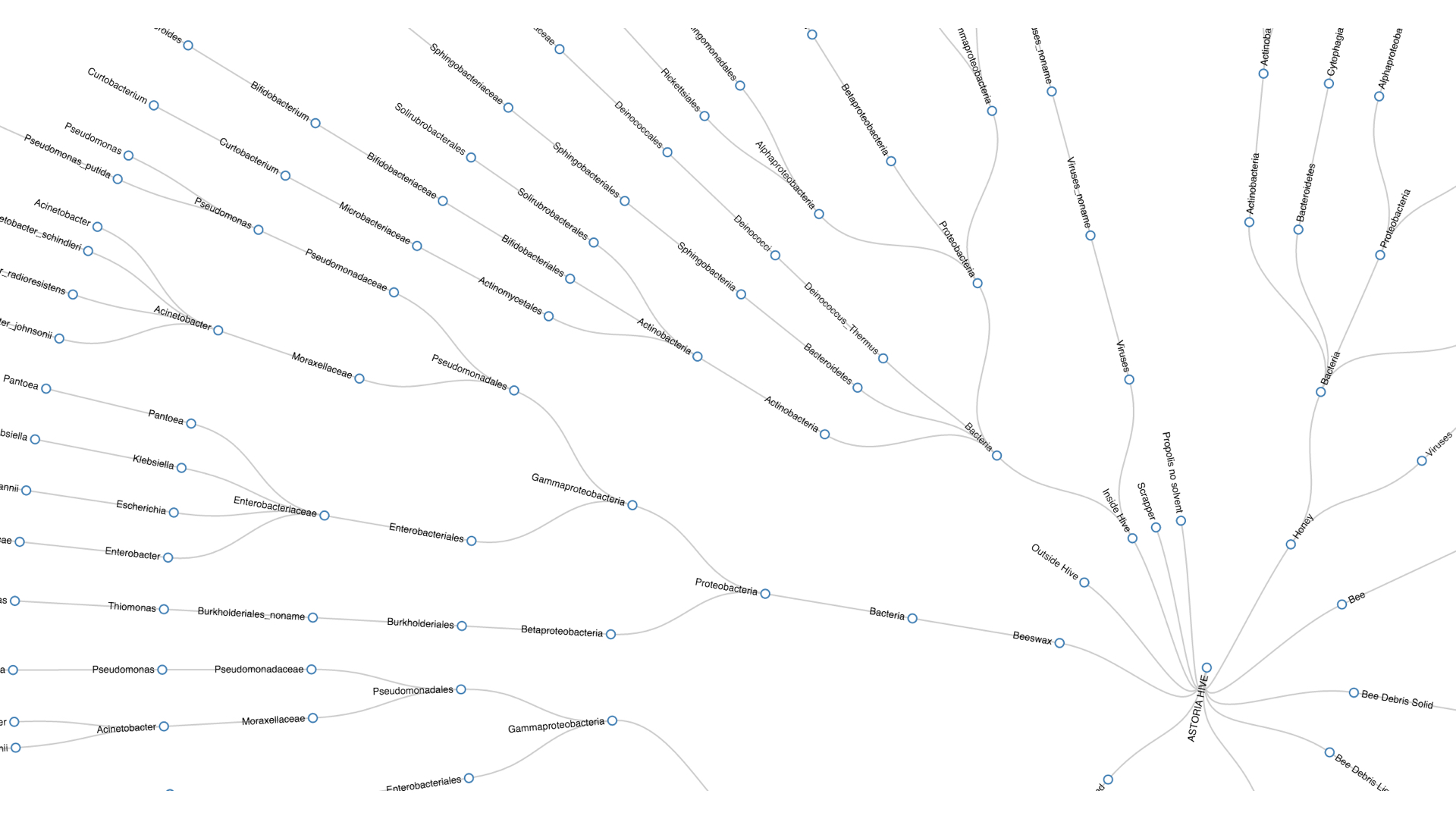
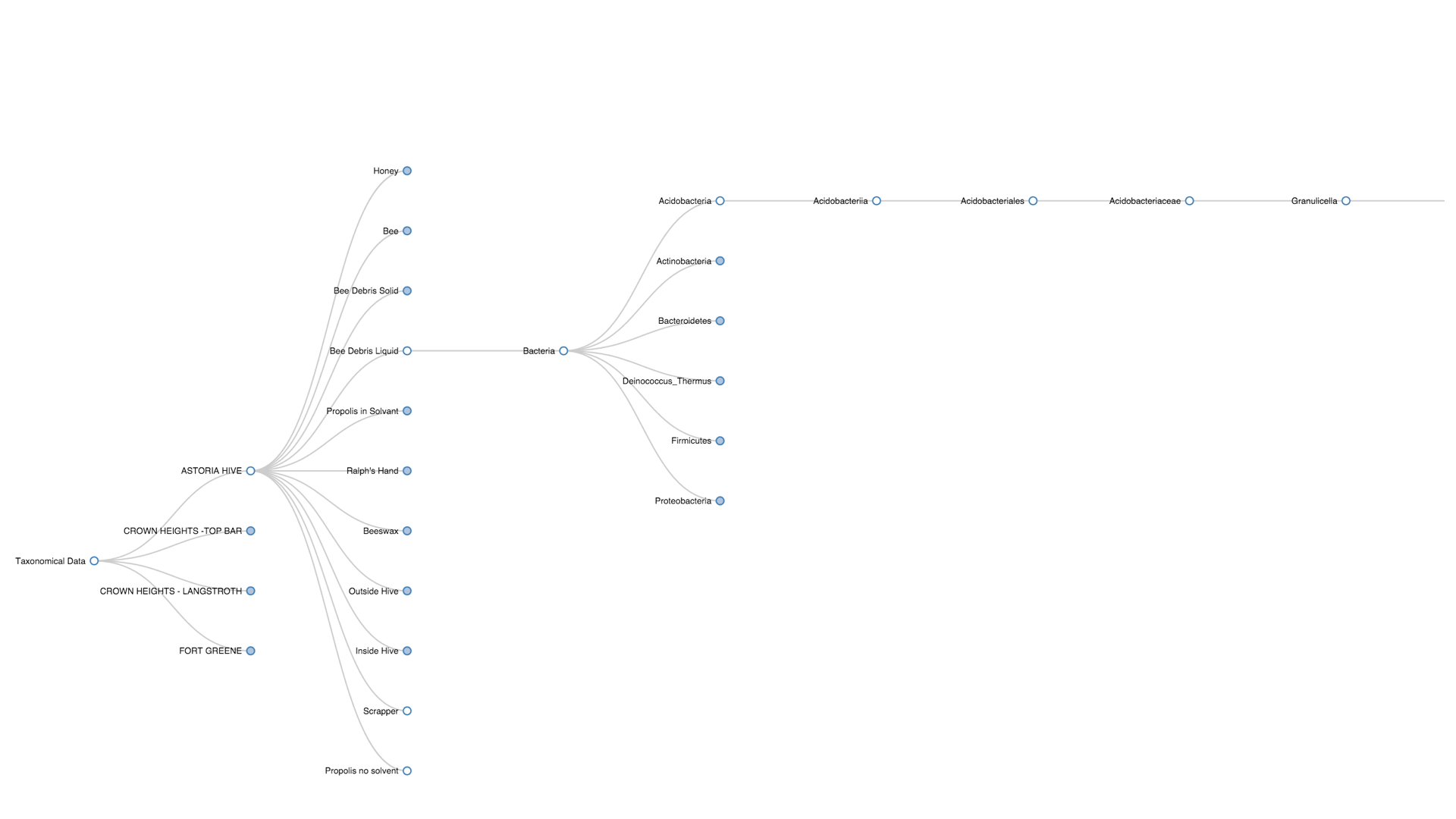
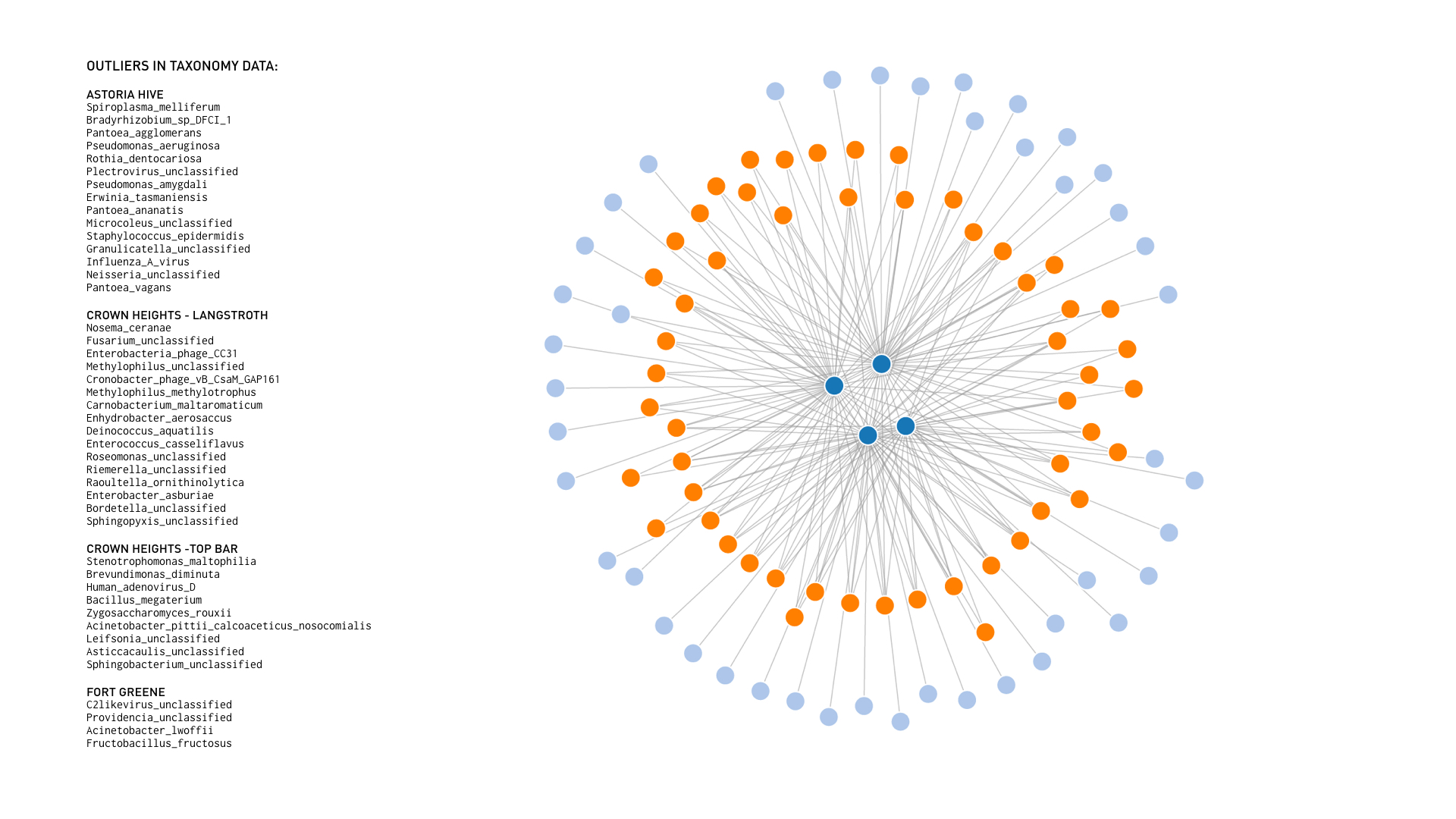
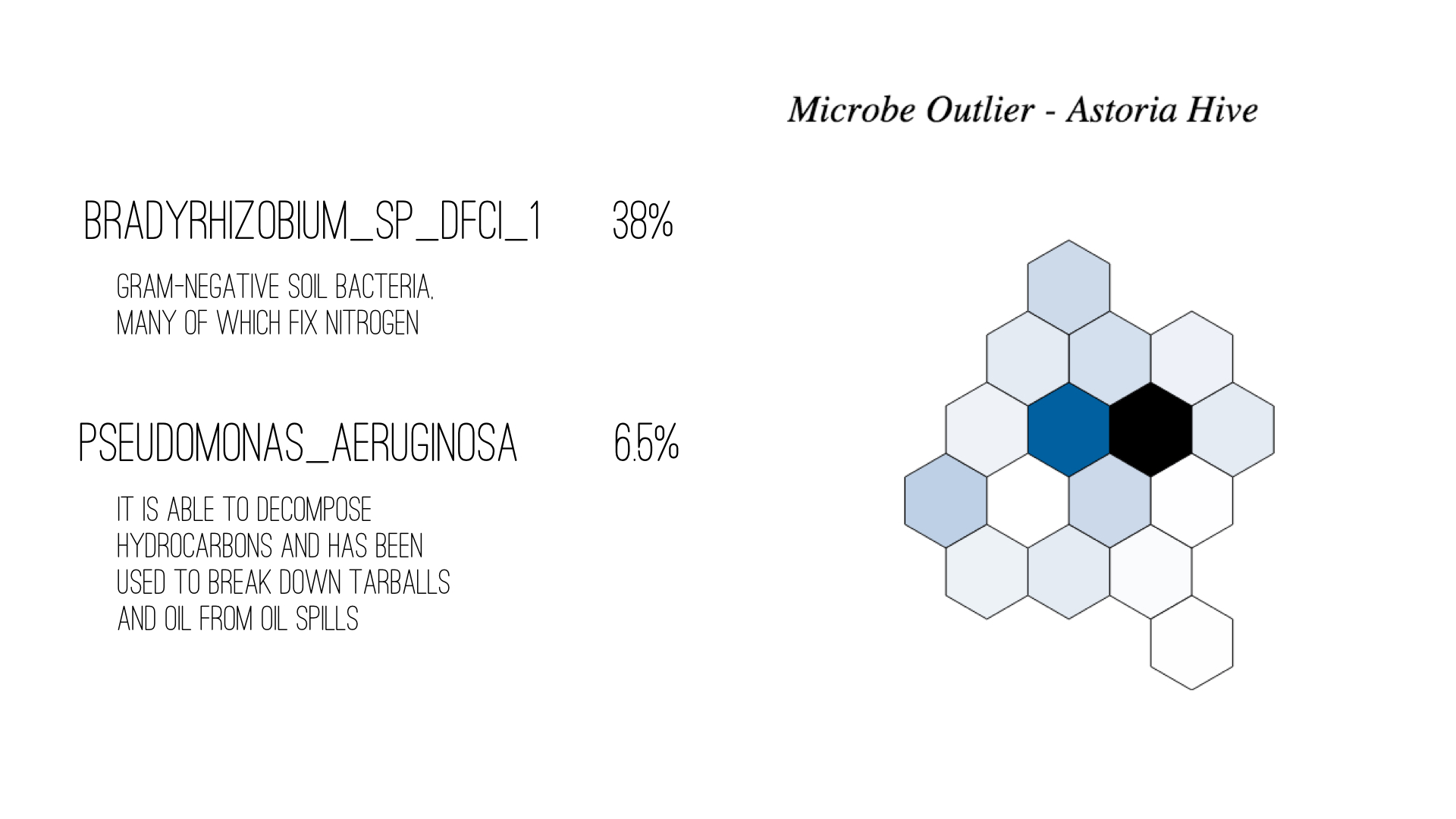


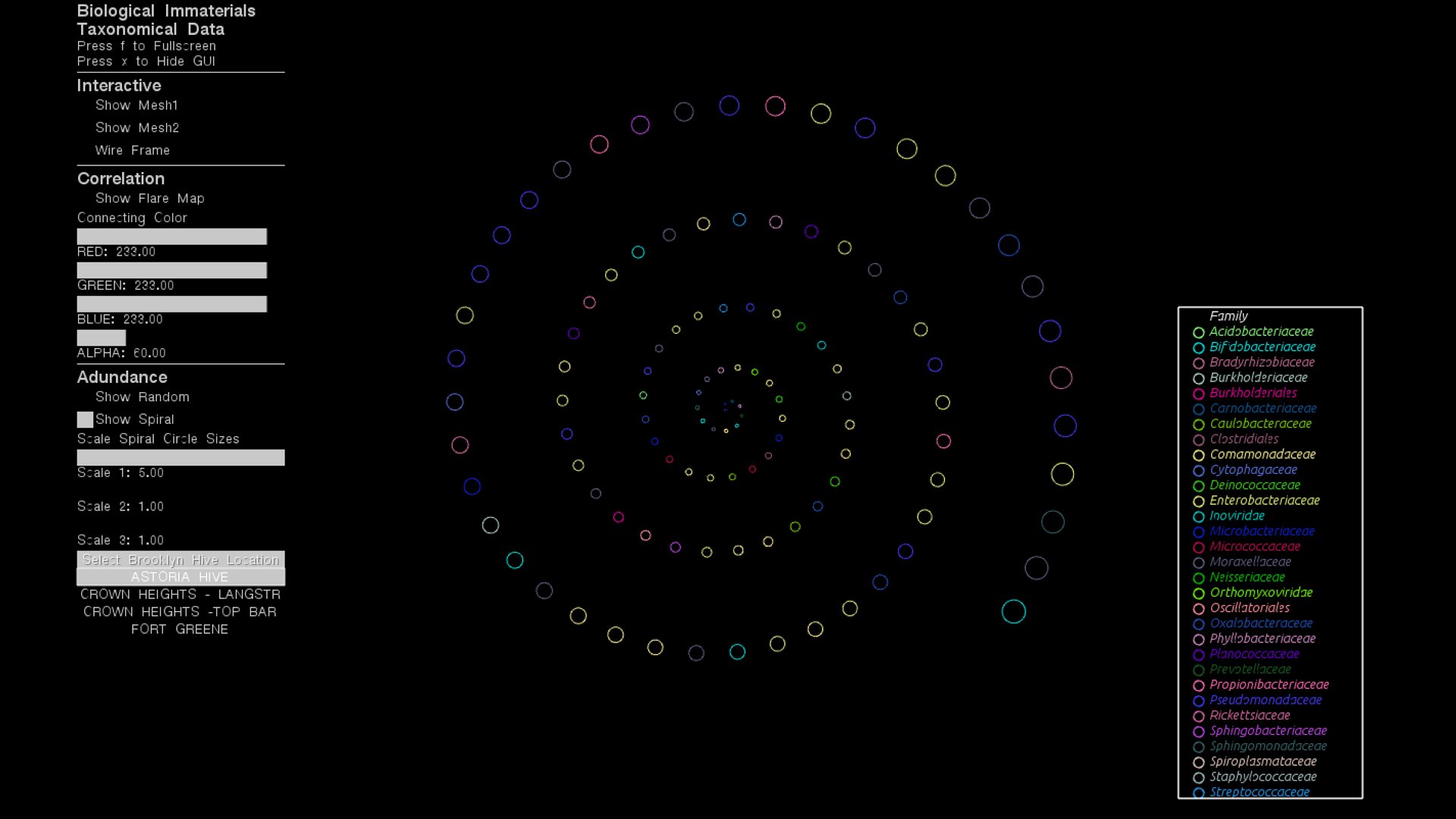
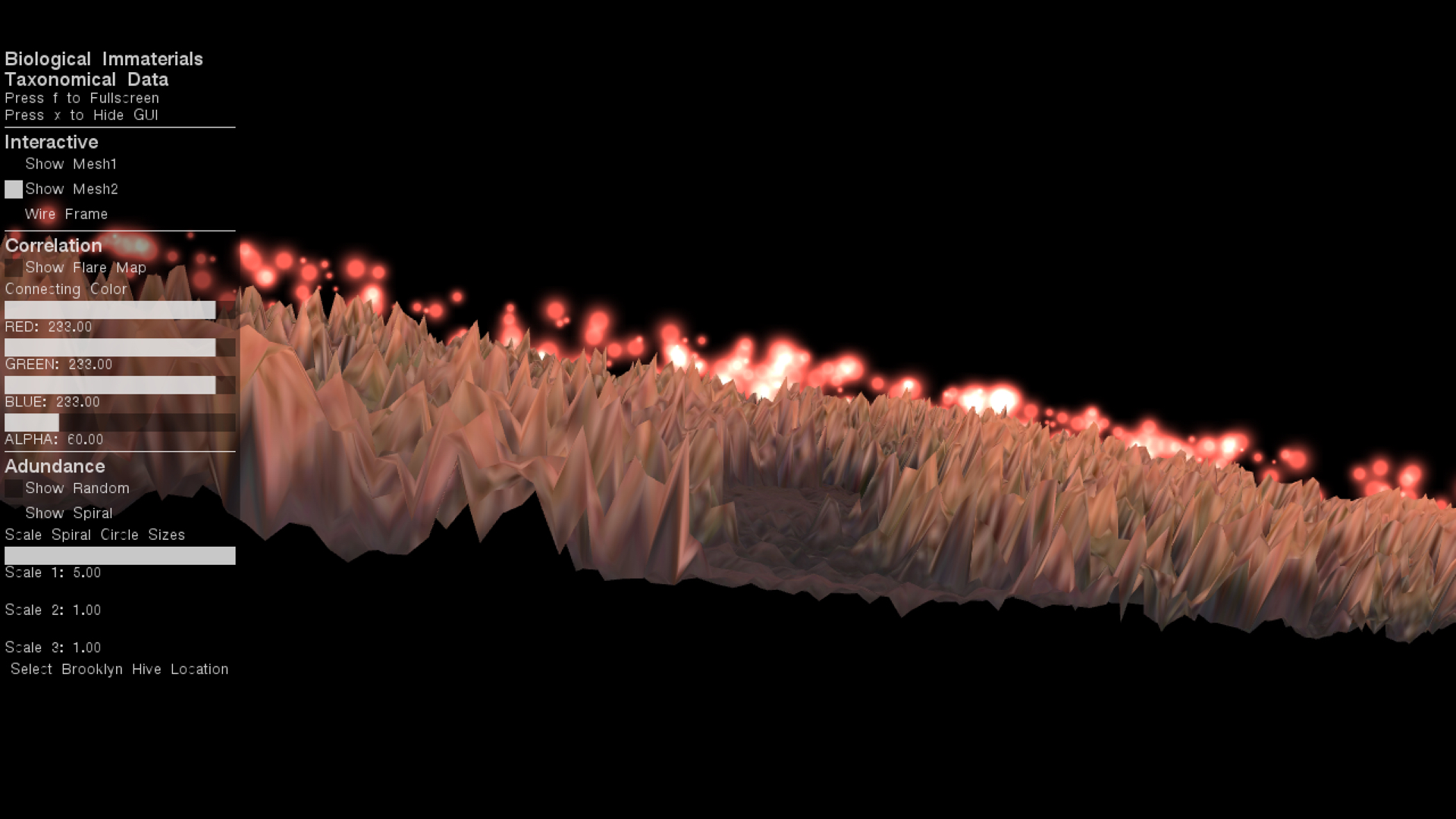
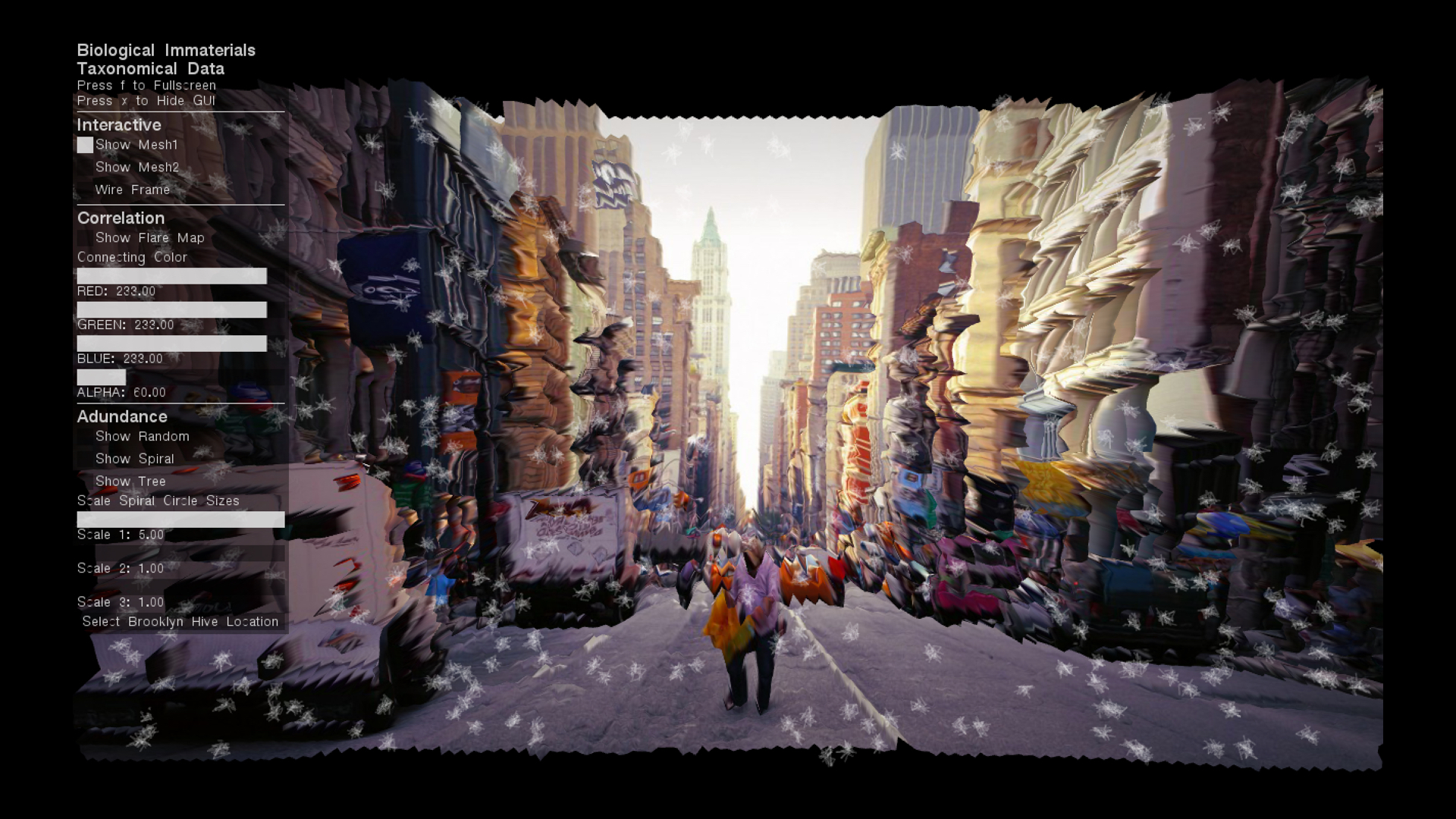

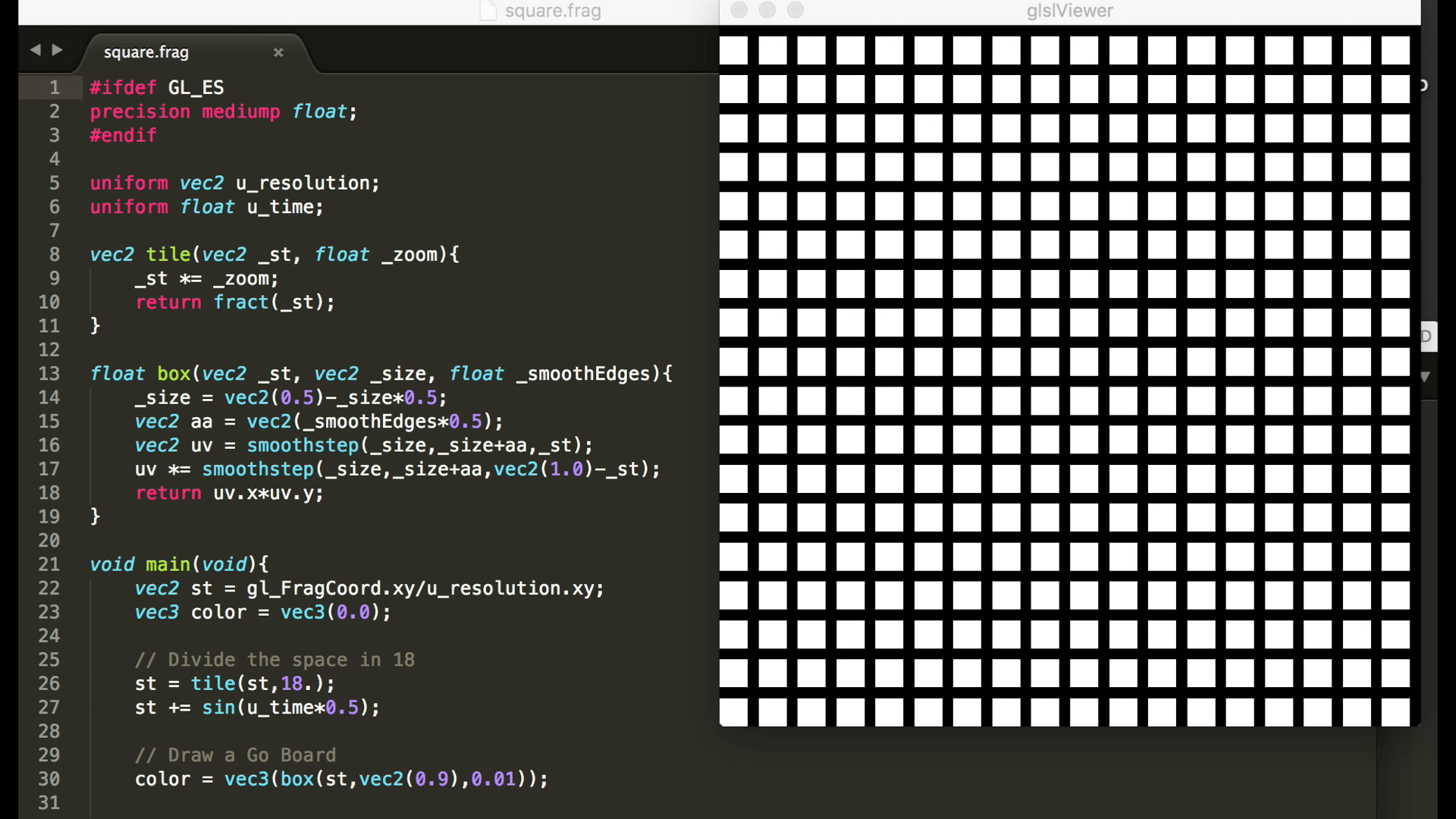
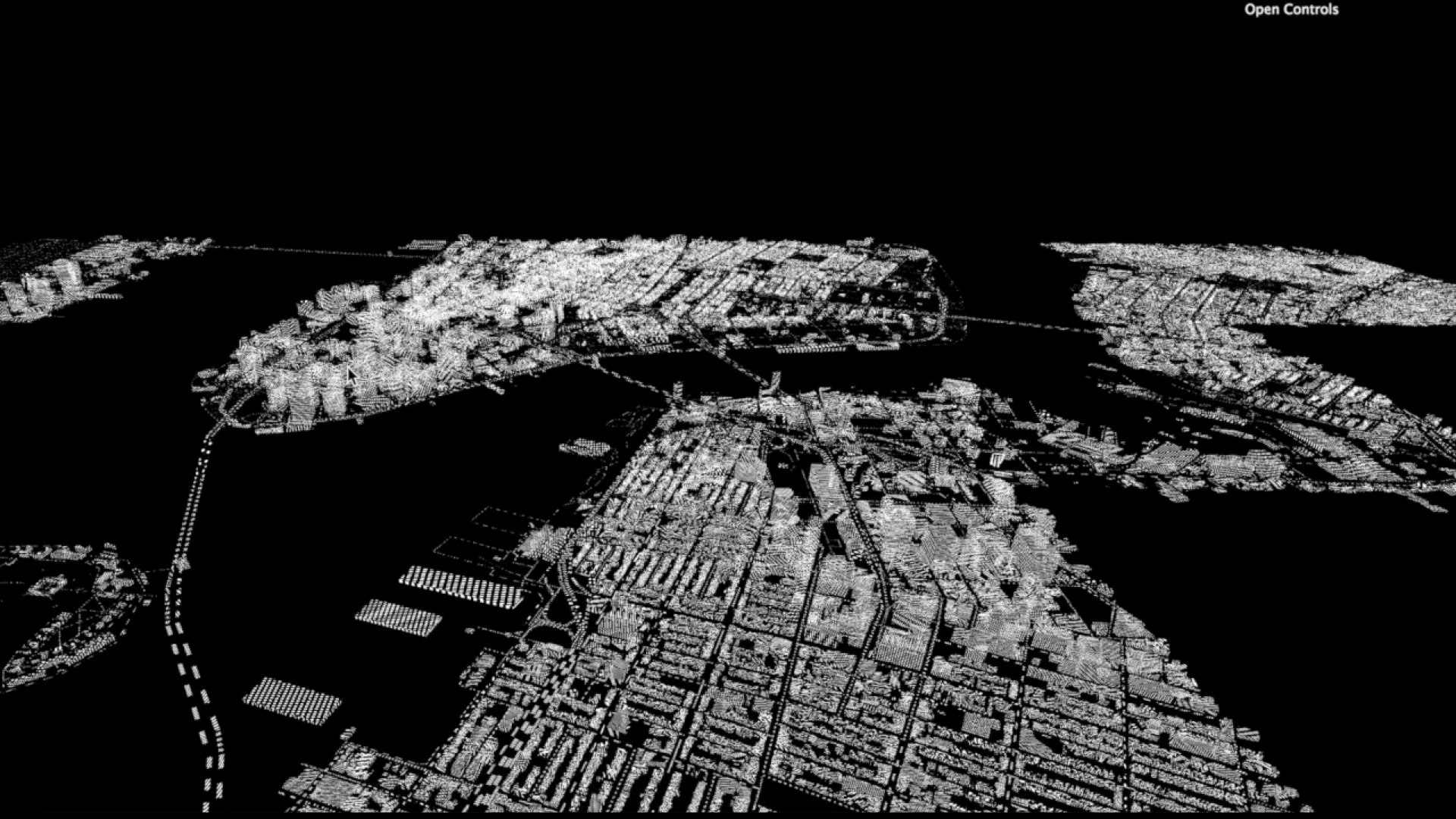
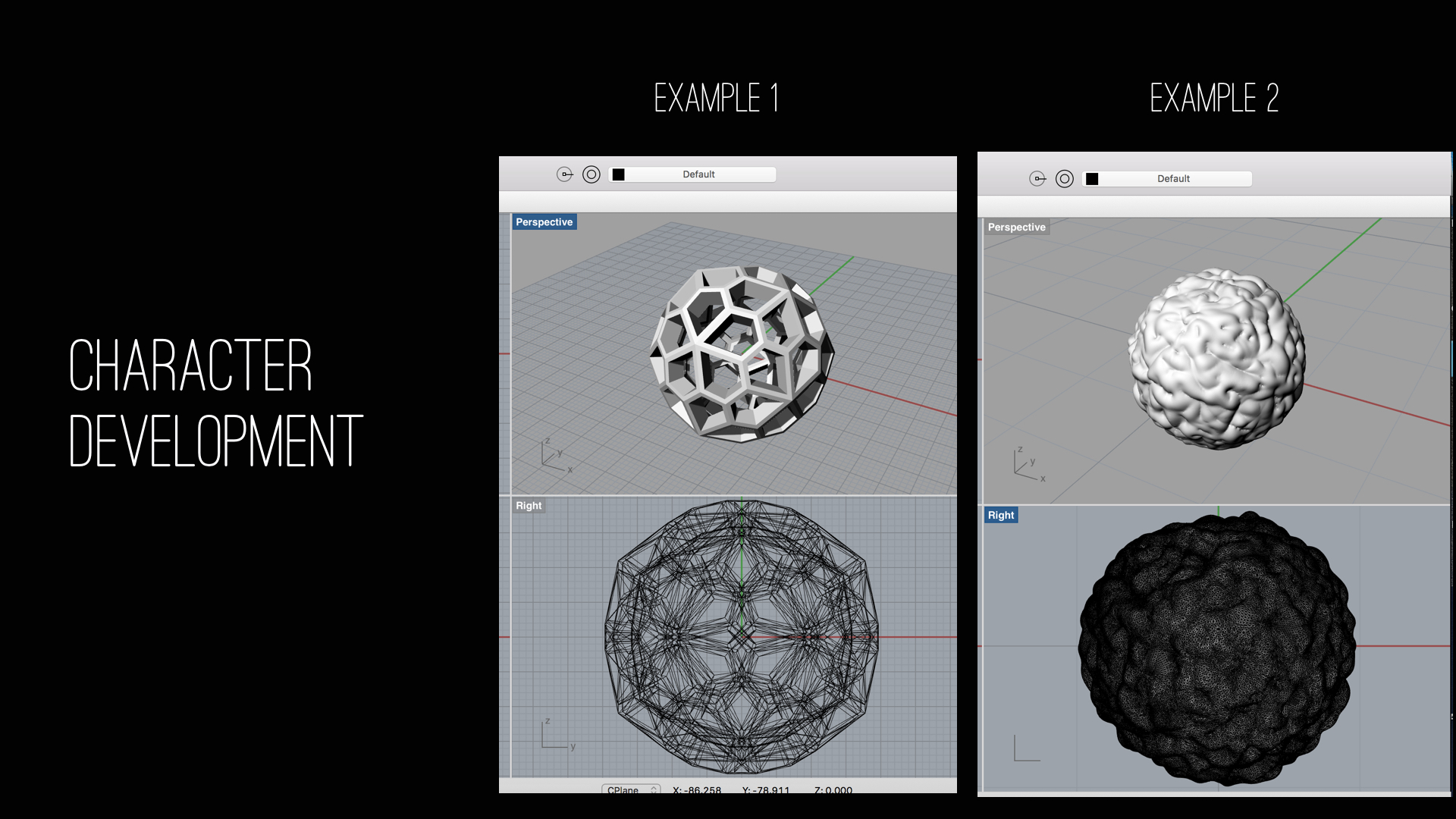
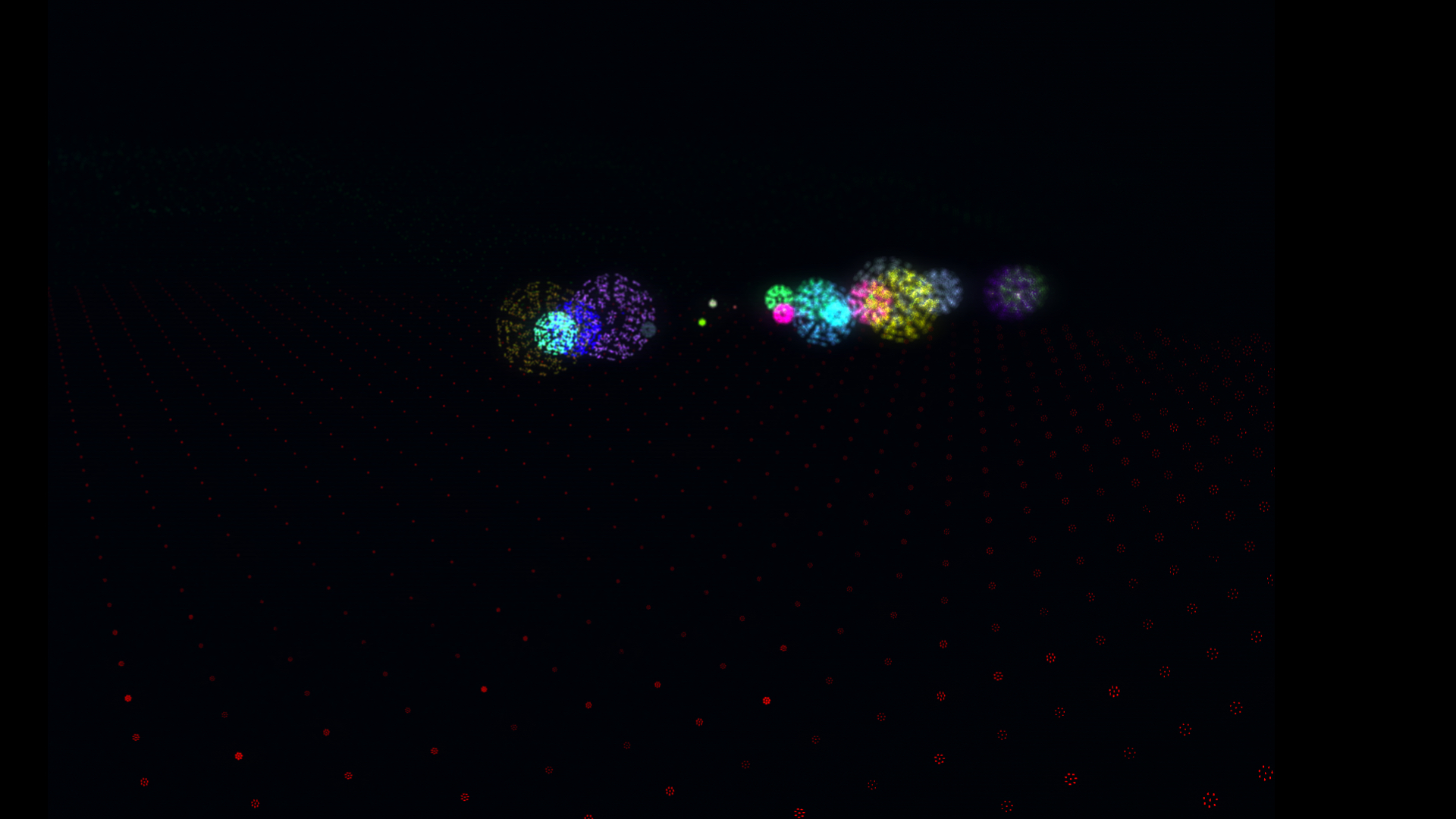
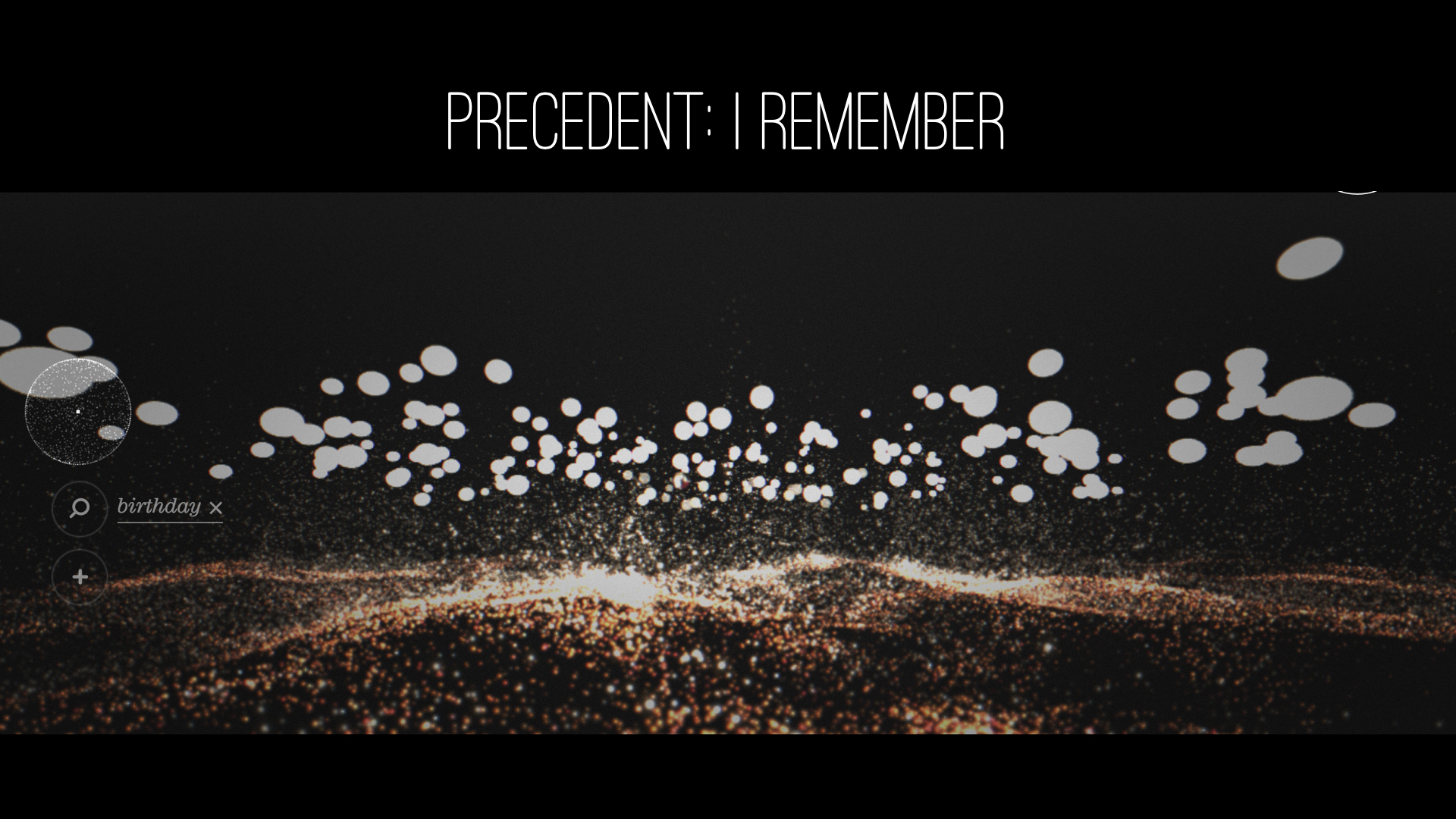
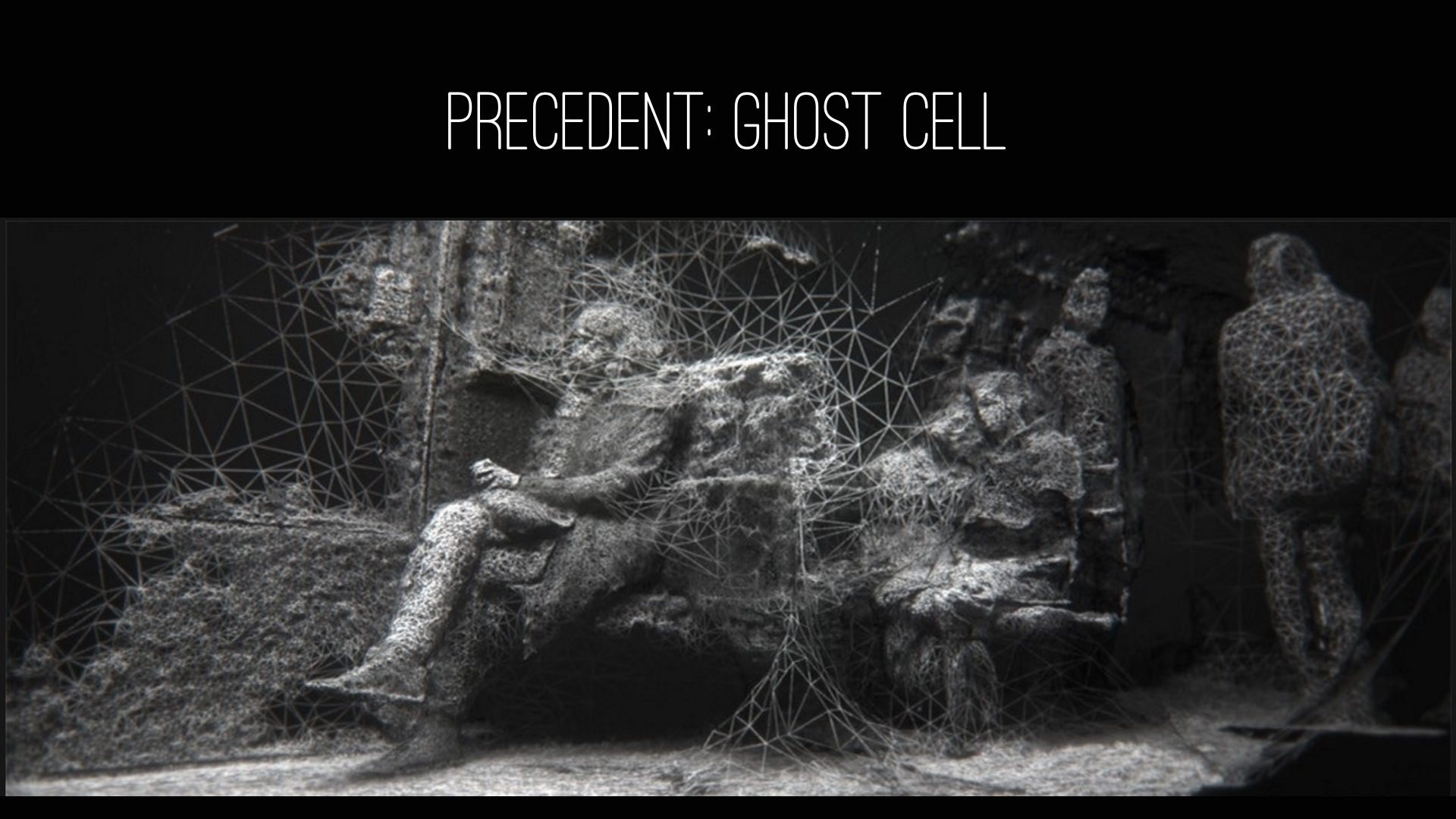
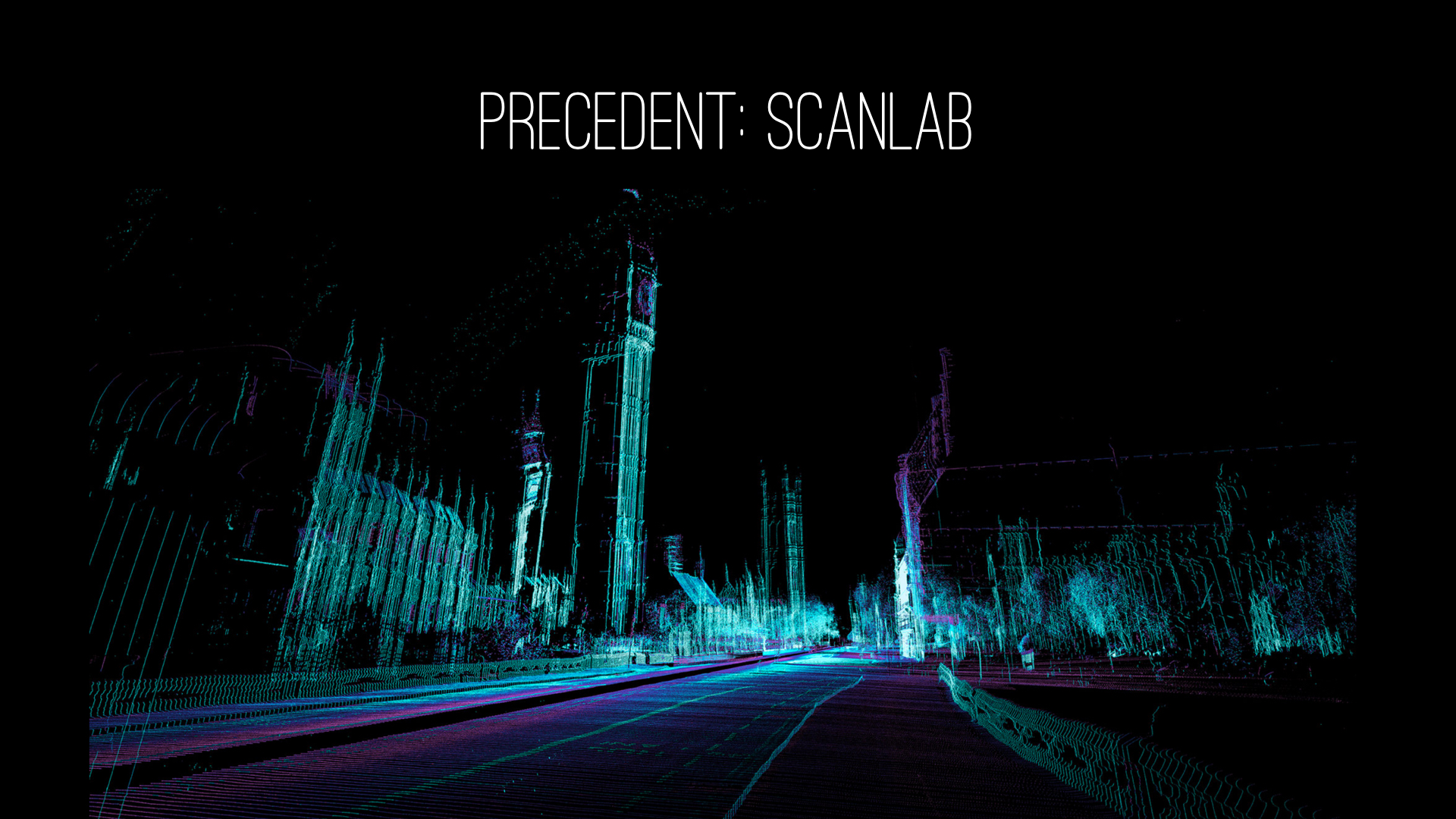


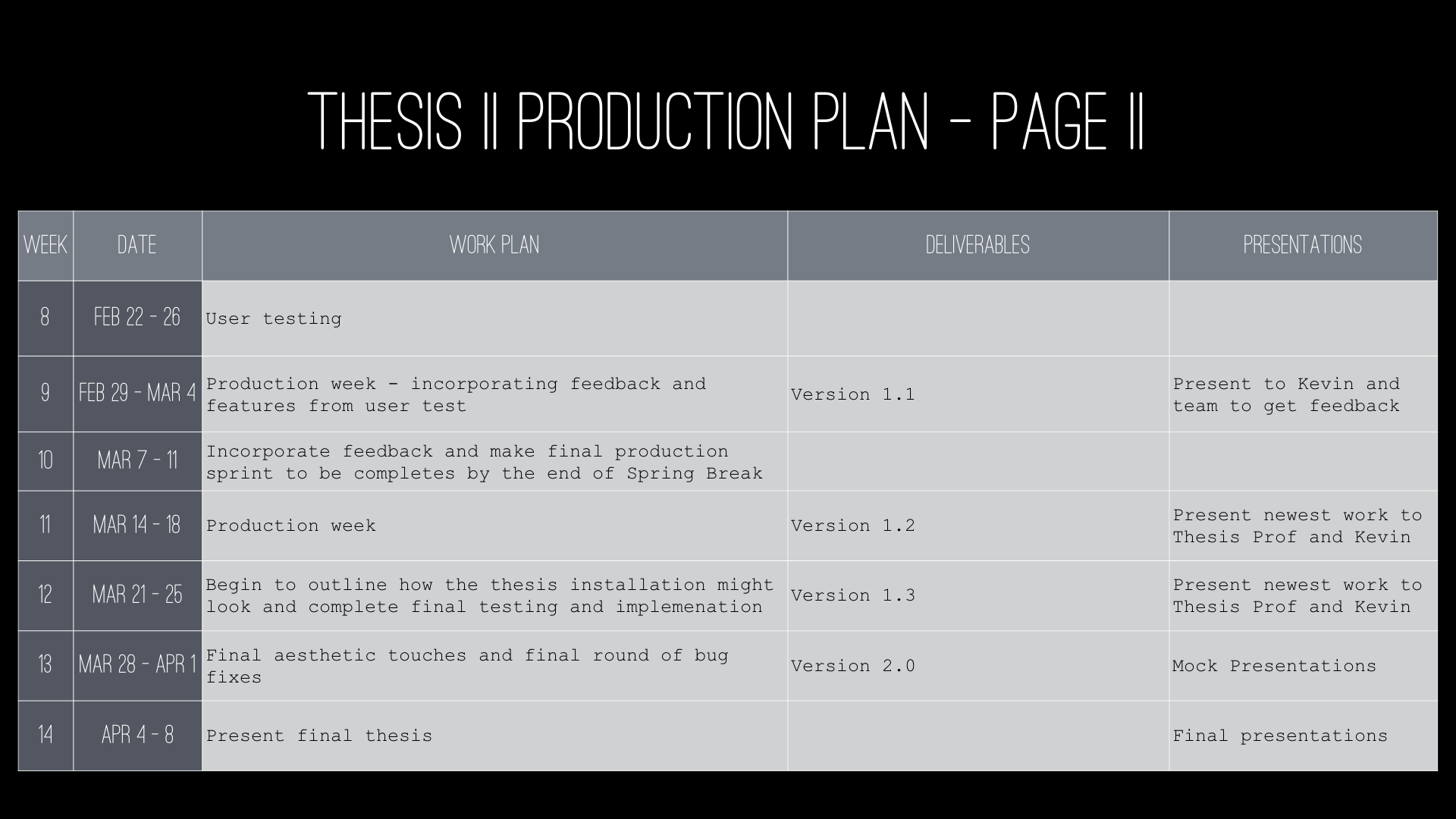
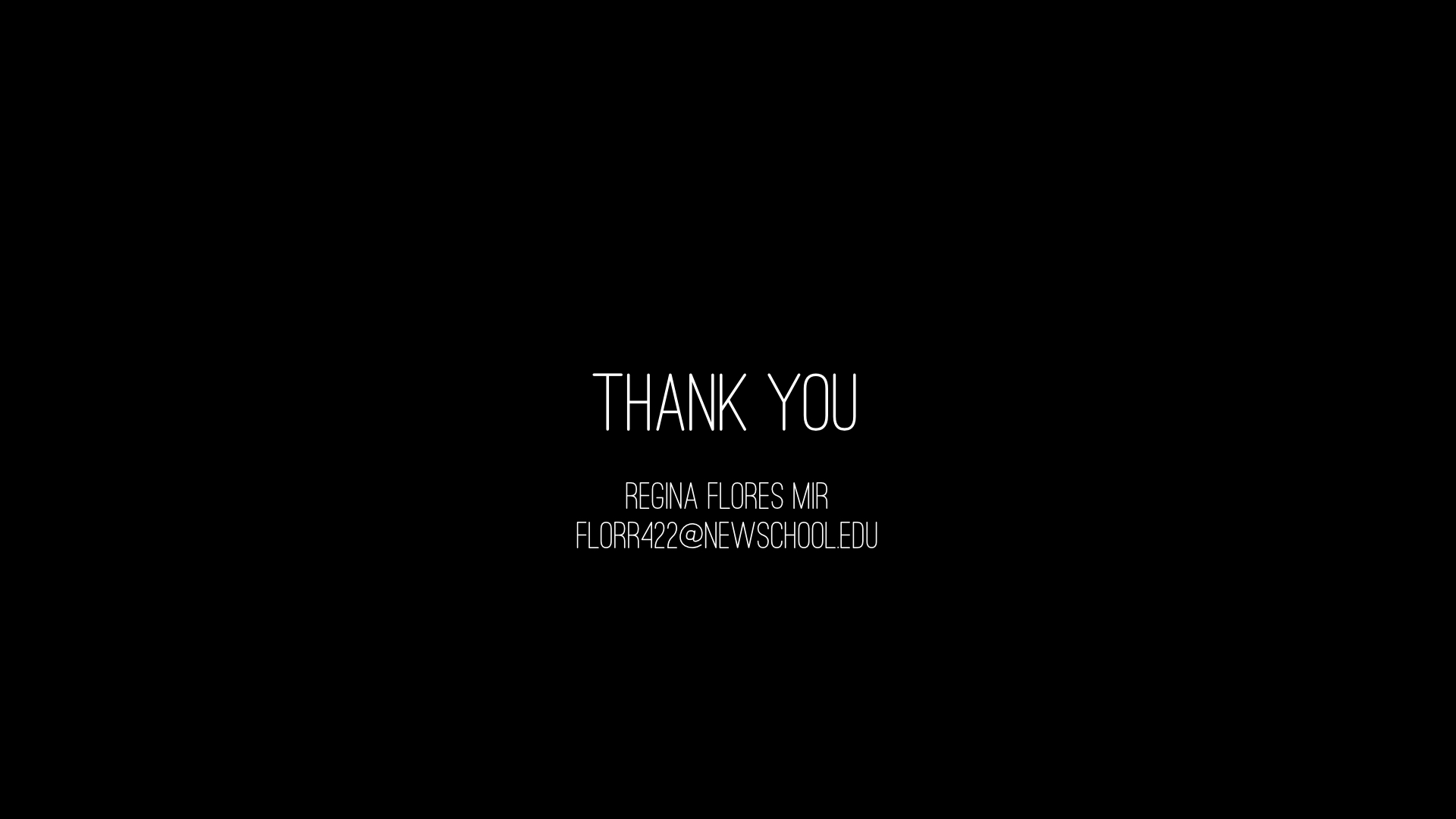
Progress report:
I am pursing two parallel streams of work:
I had a meeting with one of a scientist from the Cornell lab. She explained to me that, while there is preliminary evidence of health links such as obesity and depression to the microbiome, there is really not enough evidence to responsibly make that link. I think this is probably an area that I can discuss in the paper that will point to the importance and relevance of the microbiome as a topic. There are plenty of white papers that discuss the health links that can support my arguments. However, in terms of my core thesis questions, I think this is not the area that I will pursue.
Also, I think for me personally I am not interested in pursuing the environmental angle (i.e. links to chemicals, toxins). After thinking about this more, the original impetus is Powers of Ten. I want to inspire people, not scare them. I want this work to be more focused on the positive aspects of the hidden microbial world.
So in terms of the questions that frame the making, I am exploring more spacial perception and the ways that humans perceive the world. Here are some inspiration projects I am thinking about:
I am exploring the way that humans can visualize this invisible world.
I am asking:
Further research into what the functional pathways are will shed light on what these microbes do. This will begin to open the narrative up to the relationship with humans. And, thus later I can start asking: how does the microbiome effect the human living there?
Technical Progress:
In total there are 2 data sets:
Here is a link to my github with all the code parsing and tests I have been doing:
https://github.com/reginaflores/Biological_Immaterials
Taxonomical data:
1) I spent more time parsing data into more JSON formats to be able to experiment graphically representing the data. I now have a pretty robust data suite to work with and a number of algorithms to use.
2) I spent some time looking at the taxonomical data and made a flare map that shows the species diversity in each hive and the overlap of species between hives. See the attached images. This was really an experiment to start thinking about how I could represent this data.
Functional Analysis data:
1) I spent a lot of time looking at the functional analysis data and parsed it using a few methods:
2) I was then left with another robust data suite for the functional analysis. Yet, I was having a hard time thinking about how to visualize this.
Final User Test:
Please describe what technical variable you are testing or experimenting with for Thursday, why, and how.
For my final prototype I am working towards making an interactive web-based experience that will enable the user to visually explore the data. Using three.js, I will use Patricio Gonzalez’s Skylines library as a basis for this work. Initially I will create a mesh terrain and wrap a custom shader (using GLSL language) to create visual effects that give the user the sense that they are flying through the built environment, but the built environment will look like clouds or shadows (i.e. not rendered). Taking inspiration from the below precedents, I will overlay a particle system on the terrain. Each particle will be mapped to a microbe from the data. The user will be able to click on a particle and see what it is or search a location and see a set of particles levitate or move in some way. Using this 3D web technology, I explore the idea of scale by allowing for rapid zooming in and out.
For Thursday, I will have a first iteration complete:
-Base terrain
-preliminary shader prototype
-basic functionality
Please also describe how this experiment underscores your overall thesis idea.
My overall thesis concept is about generating the microbial “finger print” of New York City and exploring the relationship between humans, the human microbiome, and the microbiome in the environment (specifically in the four neighborhoods where that serve as the test-beds for the science experiment).
One of the core question I am asking is: how can we visualize the microbial world around us? While I am still researching the implication of this data (i.e. what can we learn about the humans living in this neighborhood by understanding the microbes present?), this final prototype is the basis for the visualizations that will allow the user to imagine this world.
Precedent Images:
Experiments in Data Visualization
void ofApp::calculatePositions(){
//Note: Using Flocking Algorithm
//PART 1 - Calculate Center of Mass
string location = result[thingIGrabbed]["location"].asString();
ofPoint center;
int numberOfPoints = 0;
for (int i : nodeMap[location]) {
center += pos[i];
numberOfPoints++;
}
center = center / numberOfPoints;
ofPoint cohesion_velocity = (center - pos[thingIGrabbed])/1.0f;
//Part 2 - Calculate Distance between each node and itself
ofPoint displacement;
for (int i : nodeMap[location]) {
if (i != thingIGrabbed) {
float dist = ofDist(pos[i].x, pos[i].y, mouseX, mouseY);
if(dist < 10.0){
displacement = displacement - (pos[i] - ofPoint(mouseX, mouseY));
}
}
}
ofPoint separation_velocity;
separation_velocity = displacement;
//Part 3 - Add Velocity
ofPoint alignment_velocity;
if (previousGrabbedPosition.x != 0 || previousGrabbedPosition.y != 0) {
// v = (x2 - x1)/t ==> but we assign time = 1
vel[thingIGrabbed] = ofPoint(mouseX, mouseY) - previousGrabbedPosition;
ofPoint avgVel;
for (int i : nodeMap[location]) {
avgVel += vel[i];
}
alignment_velocity = avgVel / (numberOfPoints + 1) / 1.0f;
}
previousGrabbedPosition = ofPoint(mouseX, mouseY);
ofPoint swarmV = -cohesion_velocity + separation_velocity + alignment_velocity;
for (int i : nodeMap[location]) {
pos[i] += swarmV;
}}
Click here for the PDF.
For the third prototype we are asked to investigate the aesthetics (material, form, color, texture) or methodological (process) aspects of the work.
I am studying digital and biological fabrication because I want to find out how to build a sculpture at the architectural scale using alternative materials and computational and mathematical modeling methods in order to broaden the social conception of the built environment in the age of the anthropocene.
I wanted to explore the process of digital fabrication further. In my second prototype I experimented with the MakerBot using simple forms. For the third prototype I used the 3D Powder Printer (Projet660). I explored more complex shapes in Rhino and looked at algorithmically generating forms.
Reference for 3D models.
Experimenting in Digital Fabrication and 3D Printing:
What is the formal basis of your project? (Note: formal here means of or pertaining to the form, what something looks like, feels like, its aesthetics.)
How are you dealing with materials, color, form, shape, composition, aesthetics?
What would you like your piece to “feel” like (whatever you define “feel” to be here).
What aesthetic precedents have informed your project?
How do the aesthetics underscore the overall concept of the work?
How will you go about making your project?
What methodologies or processes will you employ?
How will you collect & manipulate data and media? Source or modify materials?
How does the way in which the project is created or executed underscore its concept?

I want the audience to feel awe: awe at the sheer scale of the sculpture and awe at the notion that we are entering a new era when living systems are as much a part of our environments as they are with humanity itself. The audience should feel connected and unified to all of space and time—a connection to the unknown. The project should elicit feelings of fluidity and movement. The audience should conjure adjectives like geometrical, mathematical, biological (inspired by nature), fractal, patterned, and cellular-automata-like.
This project is both an art project and a design project. The ultimate problem being addressed is how we can incorporate living systems into our design practice. In the age of the anthropocene, I will argue, it is imperative to be working symbiotically with the “natural” world around the “artificial” one. This project may be a research endeavor to explore one particular living system or a series of smaller experiments using multiple living organisms. The project will seek to show (1) how we can leverage technology and mathematics to model organic systems to better understand how they function, (2) how we can “merge digital and biological fabrication to deliver a holistic and sustainable design approach”[1] and (3) how we can use specific living organisms (silk worms, algae, bacteria, fungi) to grow rather than build our environment.
This project will also have an art focus. Aesthetically the project will lean heavily on the work of Buckminster Fuller, Francois Roche, Alisa Andrasek, and Nervous System. The form of the sculpture will be rooted in geometrical symmetries and playful extrapolations from natural phenomenon. Conceptually, the project will also seek to express the notion that we are living in a fractal multi-verse—all a part of an endless and repetitive pattern. Once we grok[2] this concept, we understand that we are, at the same time, both a part of the whole and of the nothingness. We will understand that to incorporate living systems into our environments is to incorporate ourselves with all that ever was, is, and will be.
[1] Oxman, et.al. Silk Pavilion: A Case Study in Fibre-Based Digital Fabrication
[2] Grok means to understand so thoroughly that the observer becomes a part of the observed—to merge, blend, intermarry, lose identity in group experience. Concept taken from Robert Heinlein’s Stranger in a Strange Land.
1. Architecture
2. Digital Fabrication
3. Biological Fabrication
I am studying digital and biological fabrication because I want to find out how to build at the architectural scale using alternatives materials and computational techniques in order to understand better methods of living in the age of the anthropocene.
Note from the 2015 Acadia Conference:
“Computational Ecologies: Design in the Anthropocene, seeks to expand the topic of environmental discourse beyond purely practical issues of “performance” as a general means of engaging experimental contemporary design that explores aesthetic, conceptual, and even philosophical levels as well. In the context of such work, the discipline of architecture, conceived as both a technological and a cultural endeavor, becomes immersed in a much broader geophilosophical debate regarding the future of society and by extension the built environment in the age of the Anthropocene.”
1. What living organism is best suited for this research? Will using silk worms be feasible? Where will I do it? If I use Silk Worms, how will the project differ from Silk Worm Pavilion? Are there other living organisms/systems that are better suited for the project, like bacteria? How could bacteria be implemented as a building material?
2. Are you thinking too literally about using living systems in building? Is there something else that living systems can tell us about our built environment? Think about Alisa Andrasek’s project modeling electromagnetic flows and how applying those flows can effect the actual thermodynamics of a building. What other phenomenon could you think to model that might convey a similar idea without going through the pains of lab cultivation?
3. What geometry is going to best relay your concept? Can you write an Open Frameworks add-on that helps you to create parametric shapes and could help you narrow in on a shape that works? Perhaps, as a series of more directed experiments, you could write a software and 3D print these shapes using high quality printing and experimenting with other materials (metal, paper)? Using Biothing as a reference and precedent, is ther a natural phenomenon that you could model mathematically and begin to narrow in on a shape that is connected to your concept (fractal universe) and visually compelling?
4. Building at the large scale will be challenging. What space will you use? How will you be able to accomplish this component? Can you research how other people install/construct large scale works?
5. What specifically are you trying to say about The Age of the Anthropocene? What research question/social problem are you trying to convey? How can you create a piece that becomes a critical design? Looking at Hypnosis Room, how can the built environment help tell a story and convey a message? How can a “sculpture” evoke emotion and instill impact?
Geometrical – Mathematical
Biological – Inspired by nature – Natural systems
Fluid – Flowing – Moving while still
Cellular Automata
Fractal – Patterned
For prototype II I wanted to continue to play with form and to begin to bring those forms to life digitally. I am beginning now to explore digital fabrication and the process of making physical objects through computational modeling. I wanted to hone in a bit more on the geometrical aesthetic. I also wanted to experiment with modeling geometries and work a bit with Rhino/3D modeling software to try 3D printing.



Rotegrity Sphere in Rhinoceros (courtesy of Terreform One)





This week I explored the city to find inspiration:
I was very inspired by my visits to both the Cooper Hewitt and the Museum of Math. I think that aesthetically, they both express similar attributes. From the images above you can see that there is a common theme of geometry as aesthetic. For me, I have always been attracted to math because of the forms that are expressed through the language of mathematics. Even the language itself is aesthetically pleasing to me - the curves of an integral sign and the edges of a sigma. The projects at the architecture exhibit take these mathematical forms and bring them to life in real world, physical forms. This to me is incredibly interesting - that something so small like an equation can be realized into an awe-inspiring scale. Architecture, for me, is a way that these small mathematical properties, angles, and formulae can be transformed into something that makes a person look up and realize their insignificance or "smallness". I also was very interested how the Cooper Hewitt and the MoMath exhibits showed the process of creating by using 3D printing and paper prototypes. I don't know exactly where my thesis is heading, but seeing these two museums made me realize that I am going in the right direction. Someone out there speaks my language and soon enough I will be able to articulate my concept with both language and physical form.
I also ran into this architectural sculpture in the lobby of The New School. It appeals to me both aesthetically because of its wave like pattern. I also like that it is made from natural materials which appear to be some kind of paper or very pliable wood material. This made me think about prototyping and how to incorporate simple materials.
Domain: My thesis sits at the intersection of science, design, and technology. At this early stage of development, the domains of my thesis fall broadly in seven sub-categories:
Science: (1) Cosmology and (2) Biology
Design: (3) Bio Design, (4) System Design, and (5) Architecture
Technology: (6) Computational Design and (7) Digital Fabrication
The general thesis concept I am exploring is the notion that we live in a fractal multi-verse which is comprised of repeating patterns that can be found at both the micro and macro scale. I will use biological materials (micro) to create an architectural scale structure (macro) which will be the literal and metaphorical embodiment of my concept. The project will be an investigation of digital and biological fabrication at the architectural scale accomplished by researching a biological media such as fungi, silk worms, slime mold, or algae. The physical installation at the architectural scale will use methods such as 3d printing, laser cutting, robotic milling/machining, and CNC fabrication. The project will also be heavily rooted in computational modeling, and potentially even involve a series of creative coding experiments, that will help simulate and model the biological systems. Potential iterations could (1) include a dynamic and interactive component to the installation using physical computing and motion sensors or could (2) take the form of a critical design project that has a secondary meaning by seeking to alert the viewer to the impact of climate change and the age of the anthropocene (as exemplified by Bio City Map of 11 Billion).
Inspirational images of large scale installations:
I started out playing with paper folding techniques as a means of making small scale prototypes of interesting shapes that could later be translated to large scale models. Having played with complex geometrical shapes using origami for a previous project, I understand how the tactile experience of paper folding helps the brain better comprehend the intricate mathematics and dimensionality that is encompassed in these complex forms.
I then experimented with wood as an alternative medium to juxtapose with paper. I used the laser cutter to cut small "torus like" pieces. I played with shape and form. First I started out with free form stacking allowing any shape to emerge. I then tried making more rigid shapes in specific patterns.
I would like to research several of the most compelling practices in bio design — a design practice that incorporate living systems into the artifice. From this research I will develop a project at the intersection of computer science, material engineering, design, and ecology.
Thesis 1 Grid of Nine assignment. Here is the full pdf.